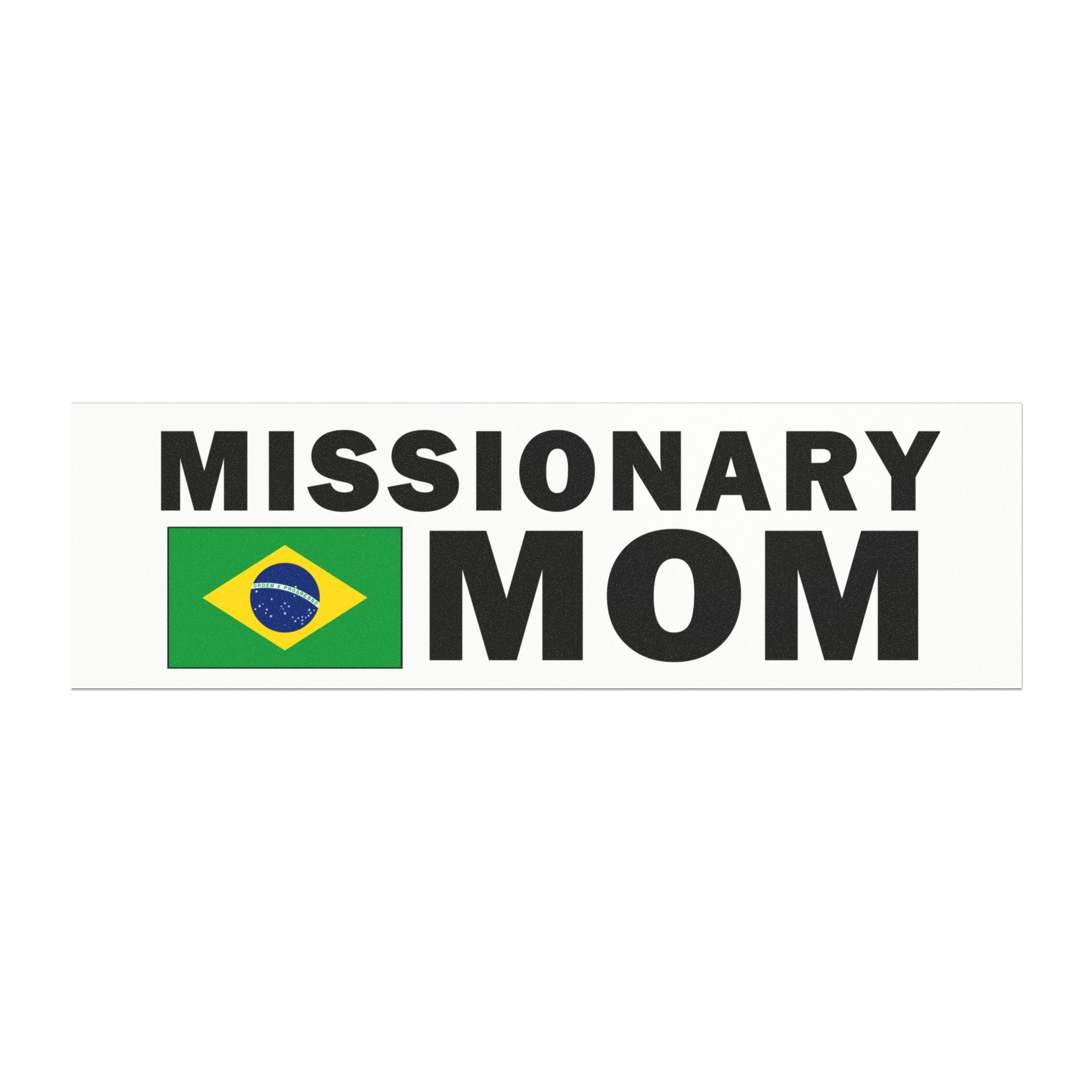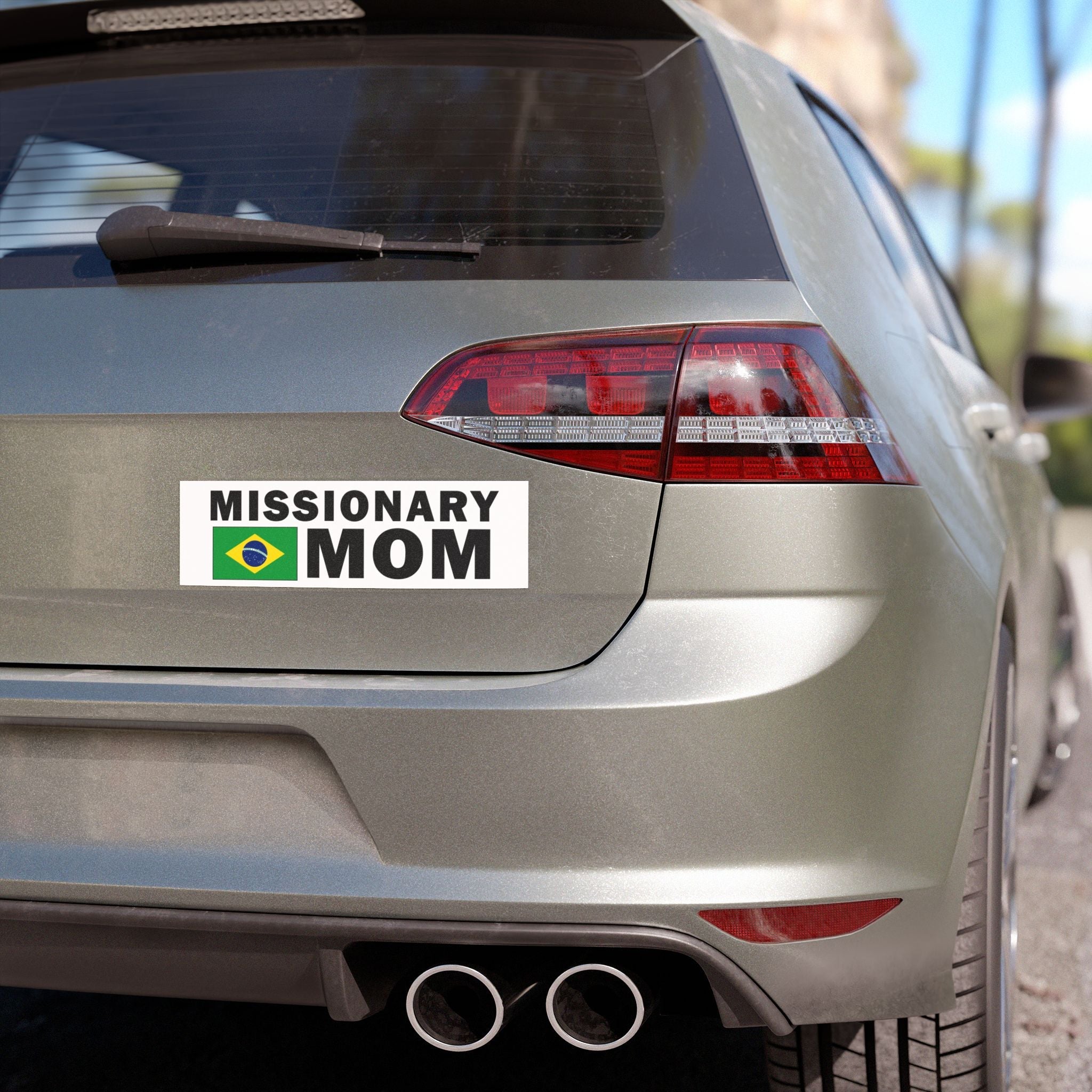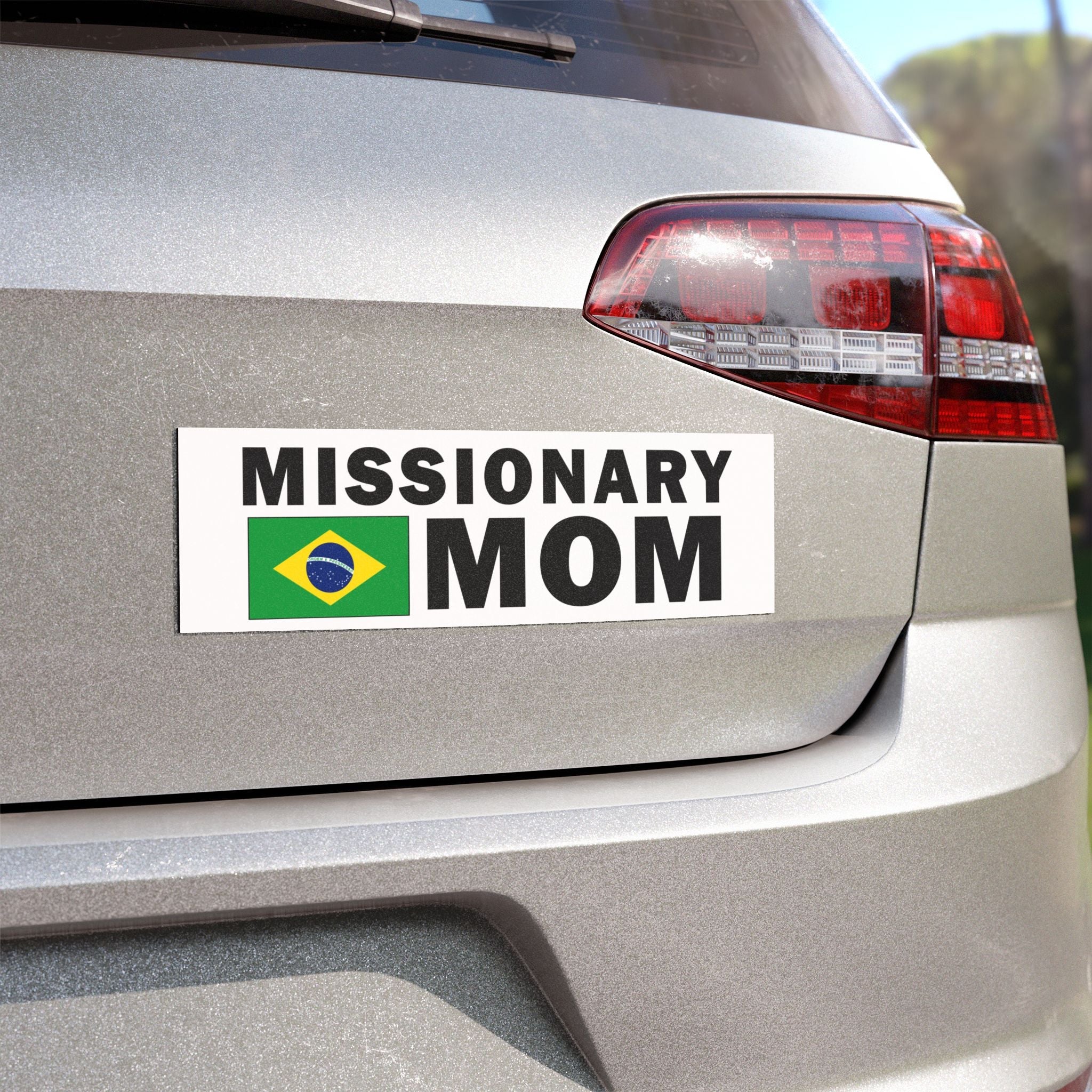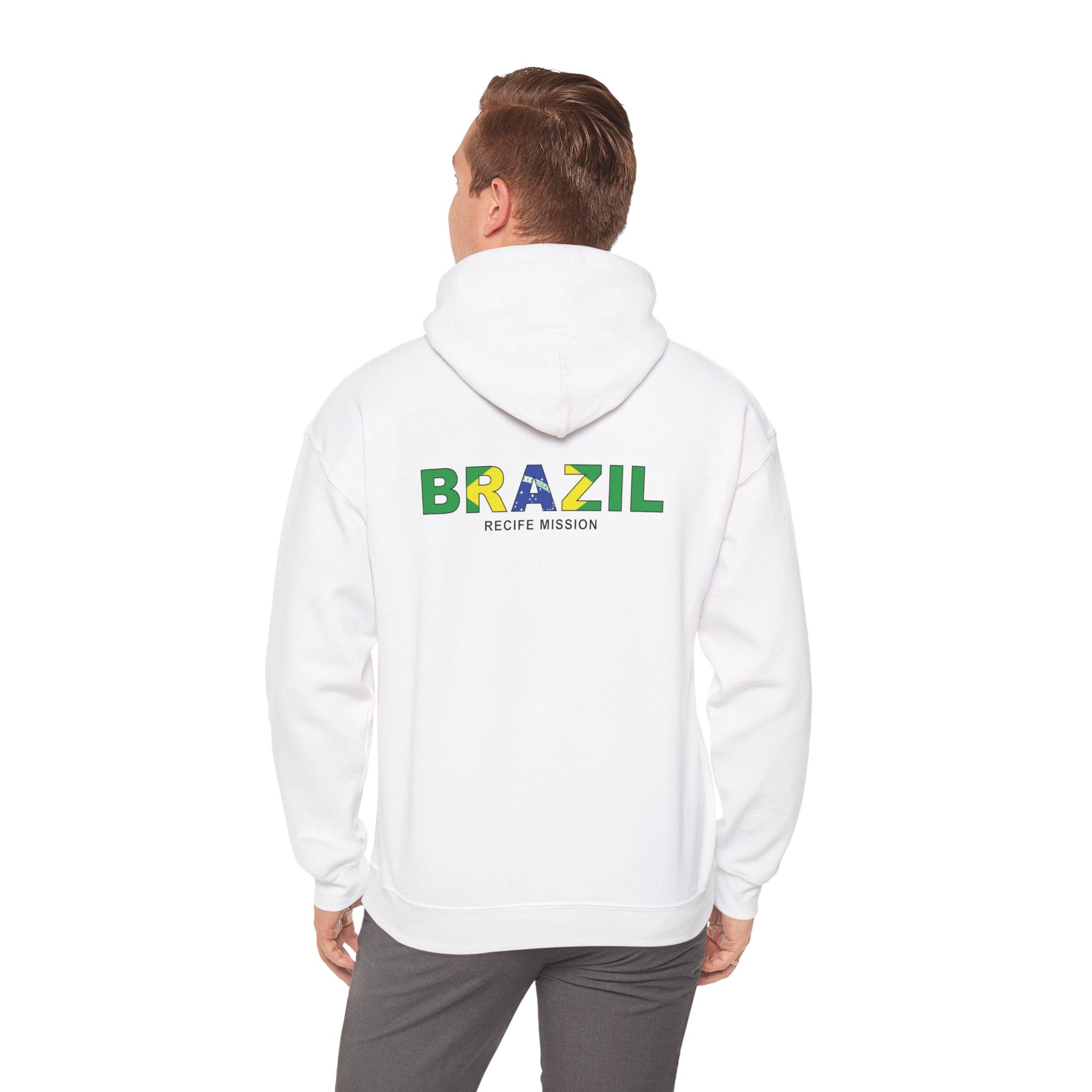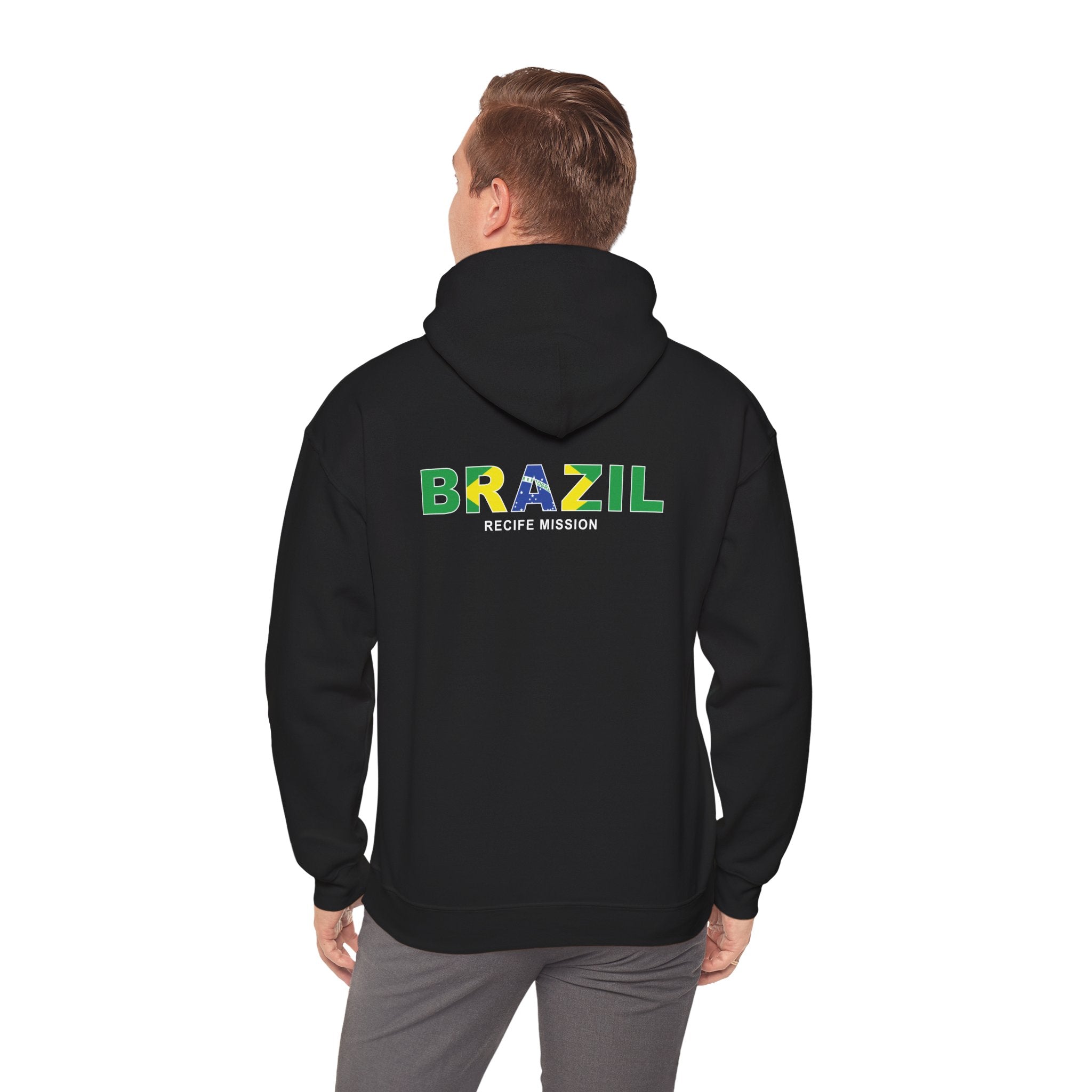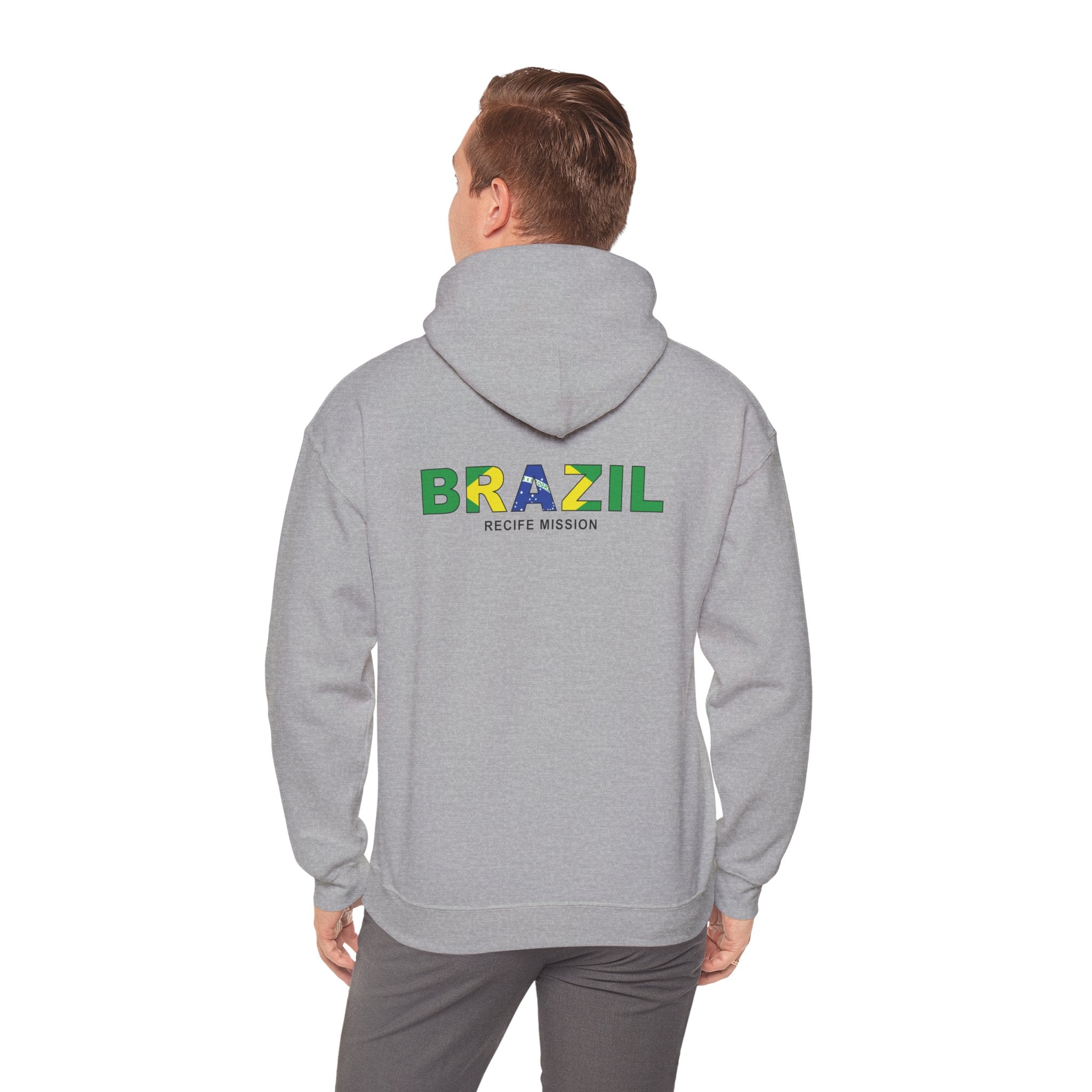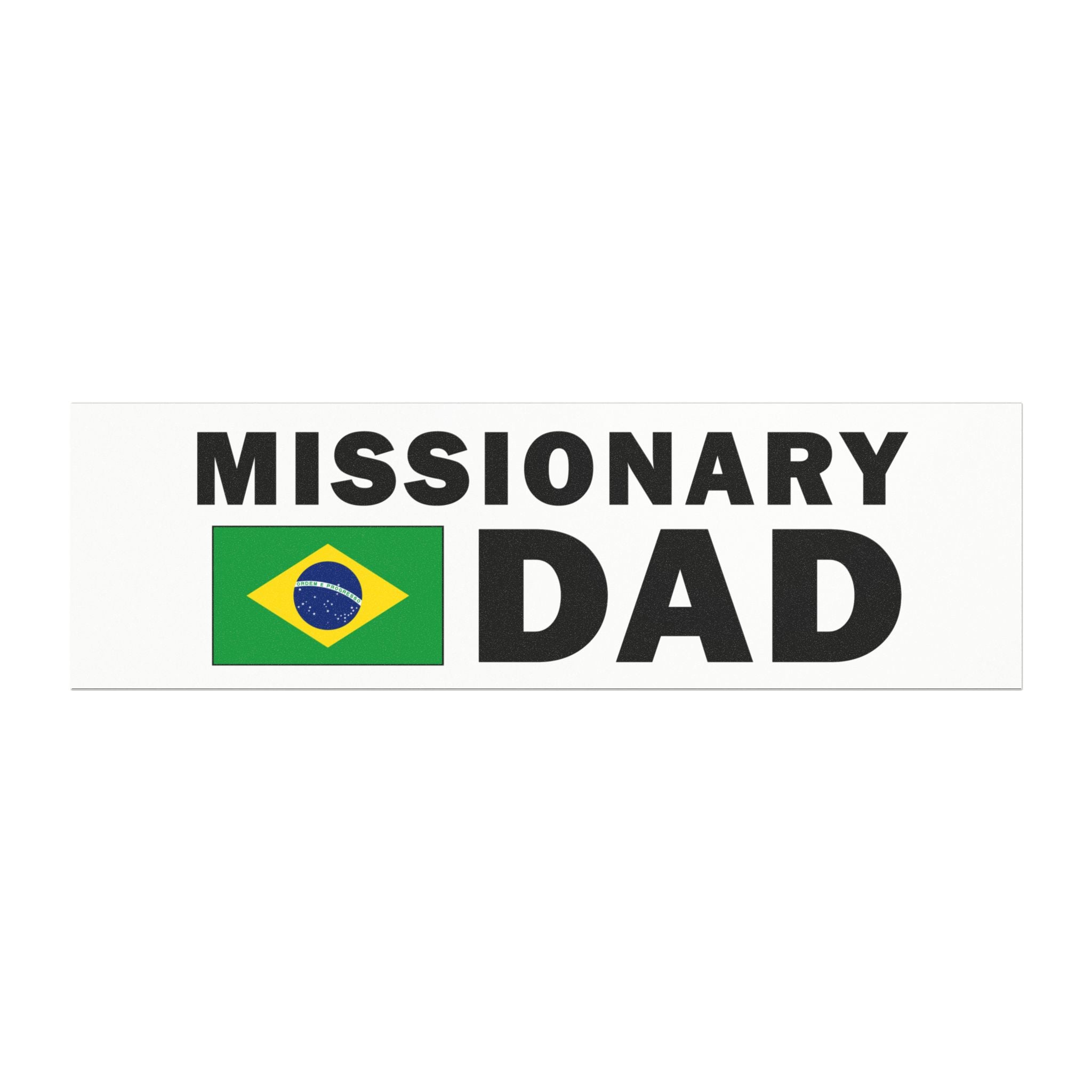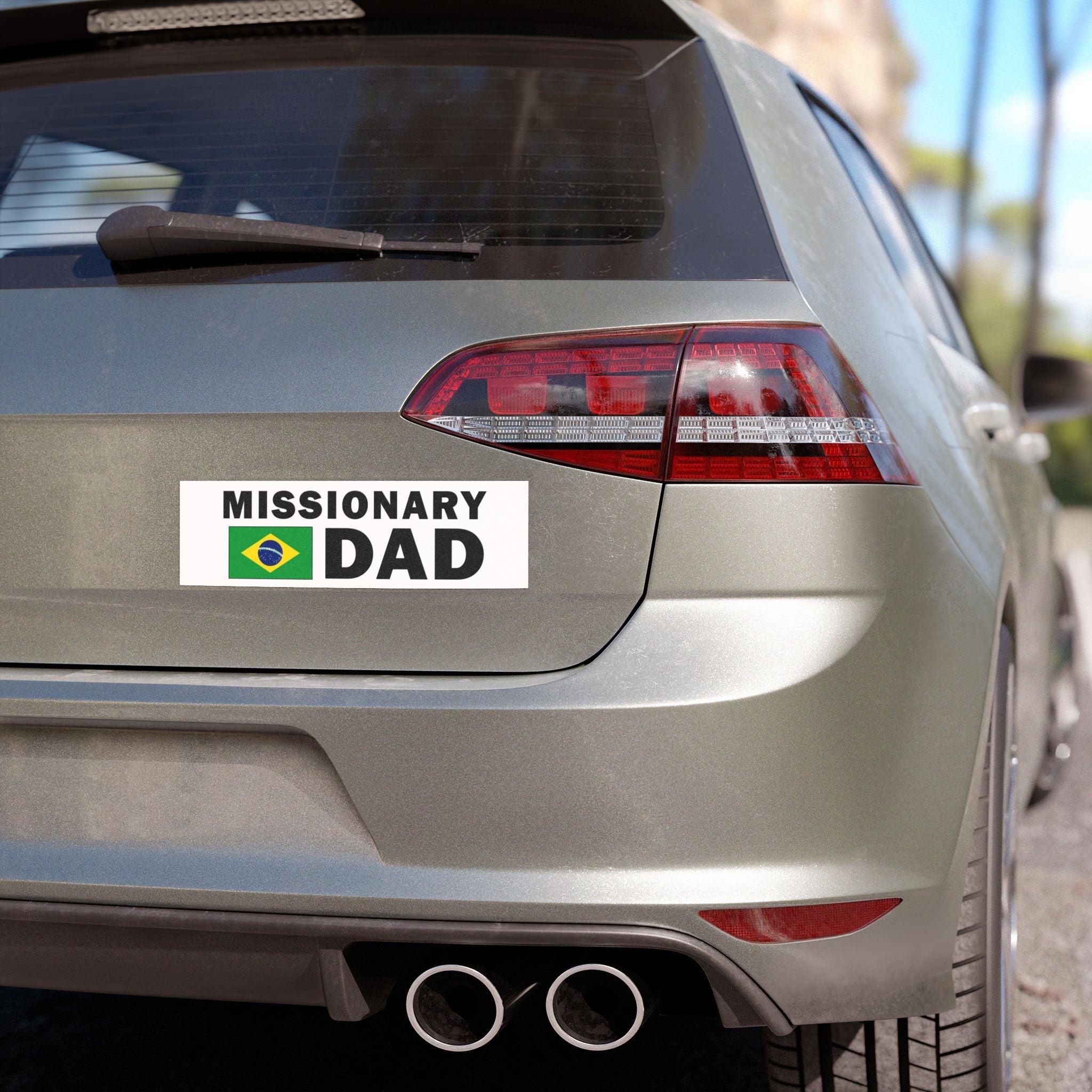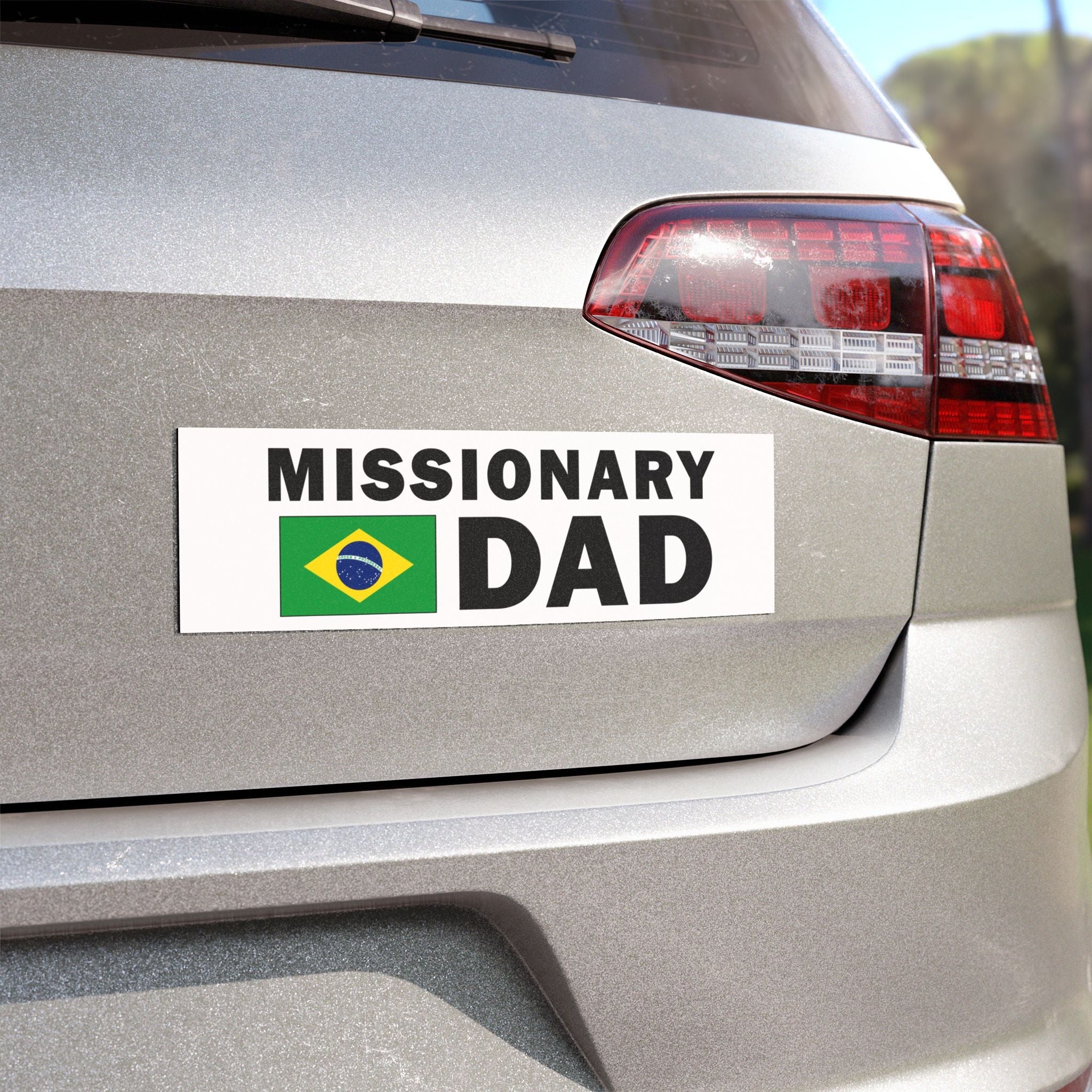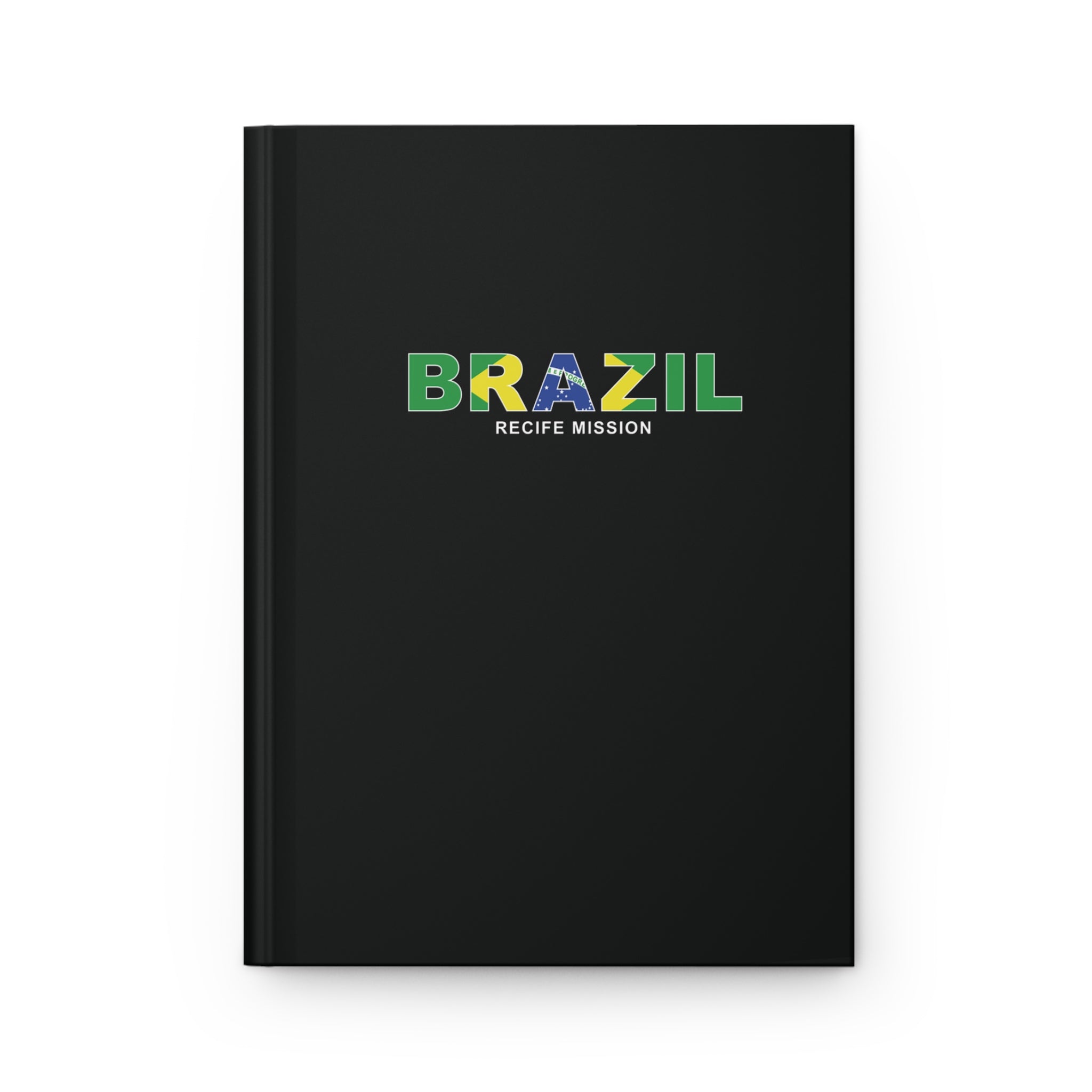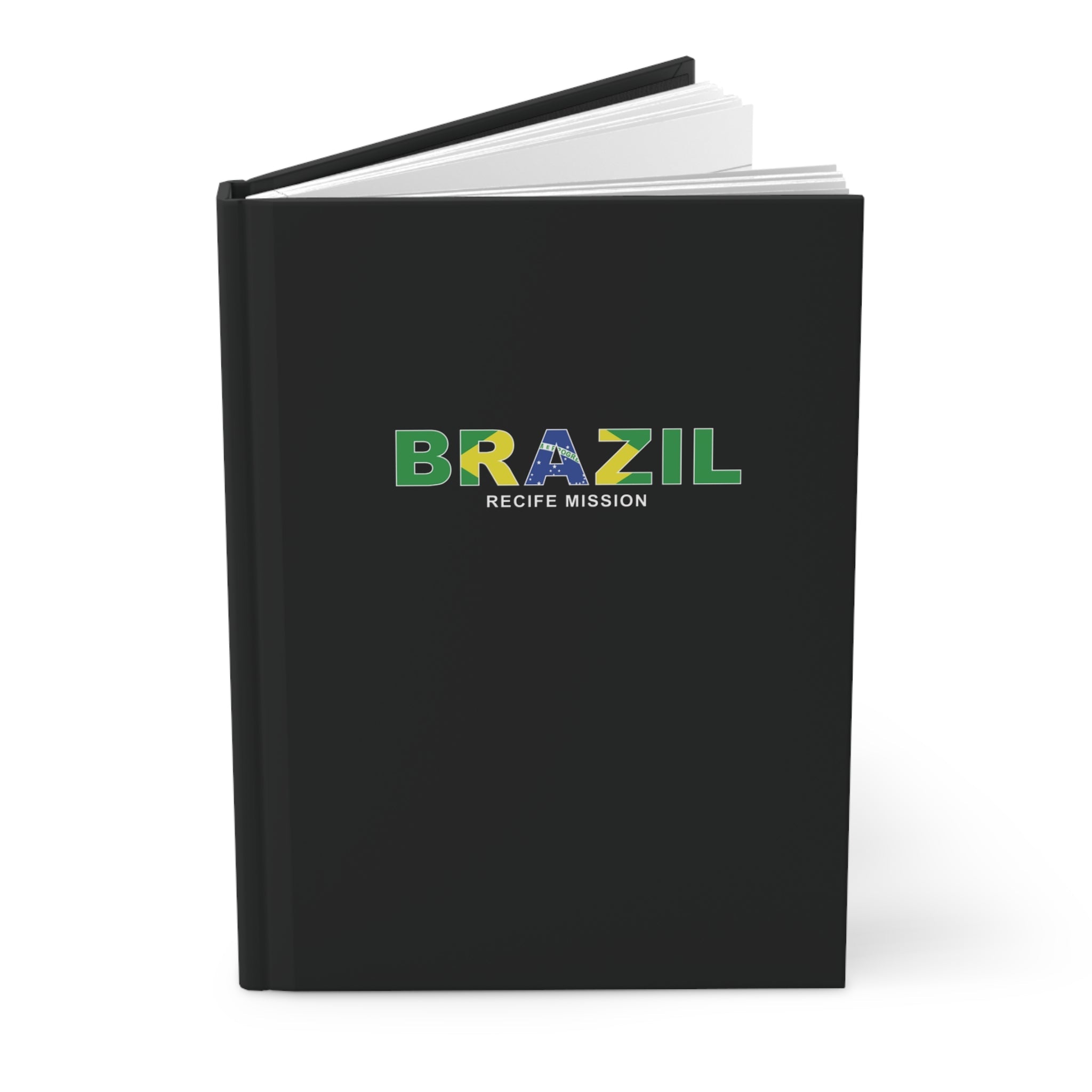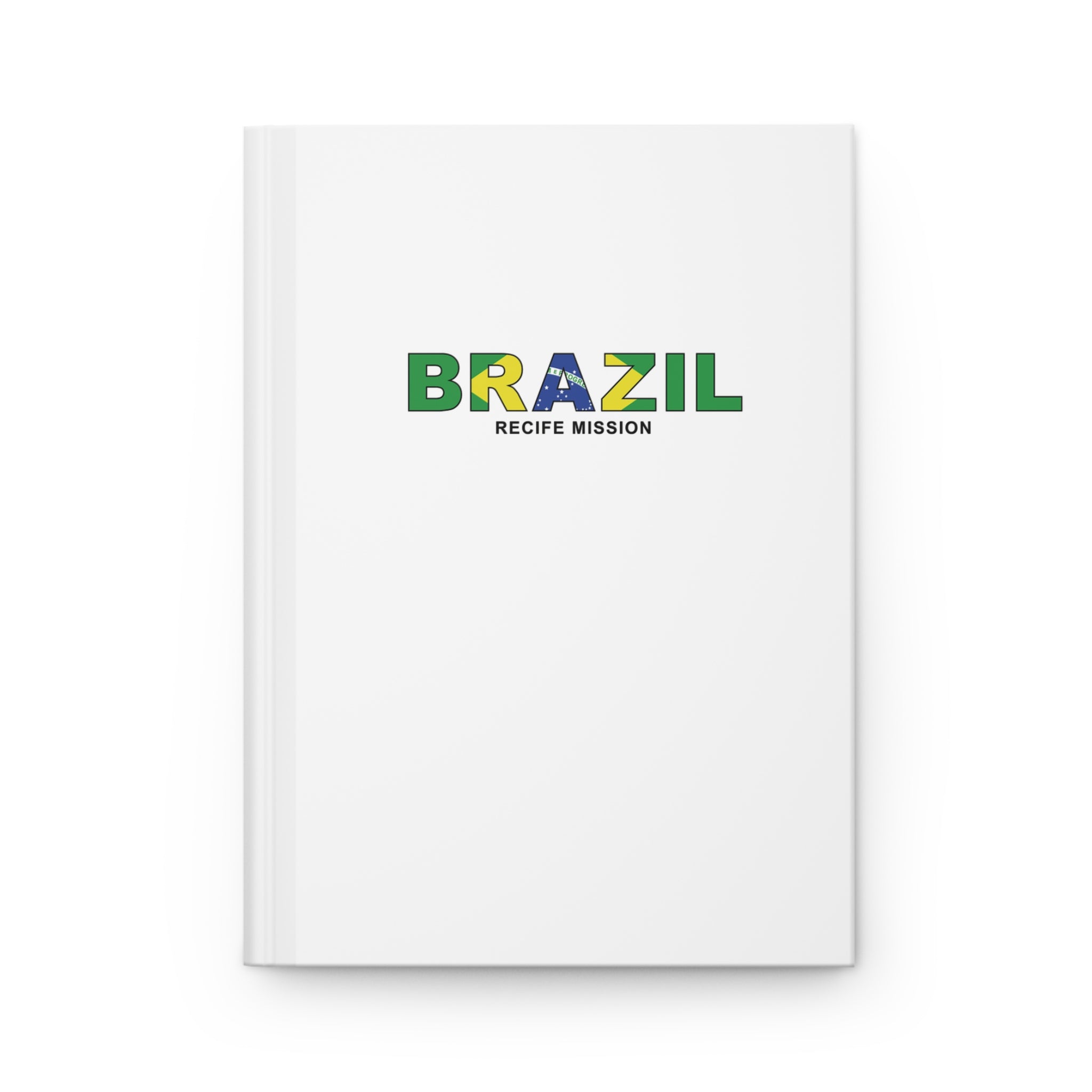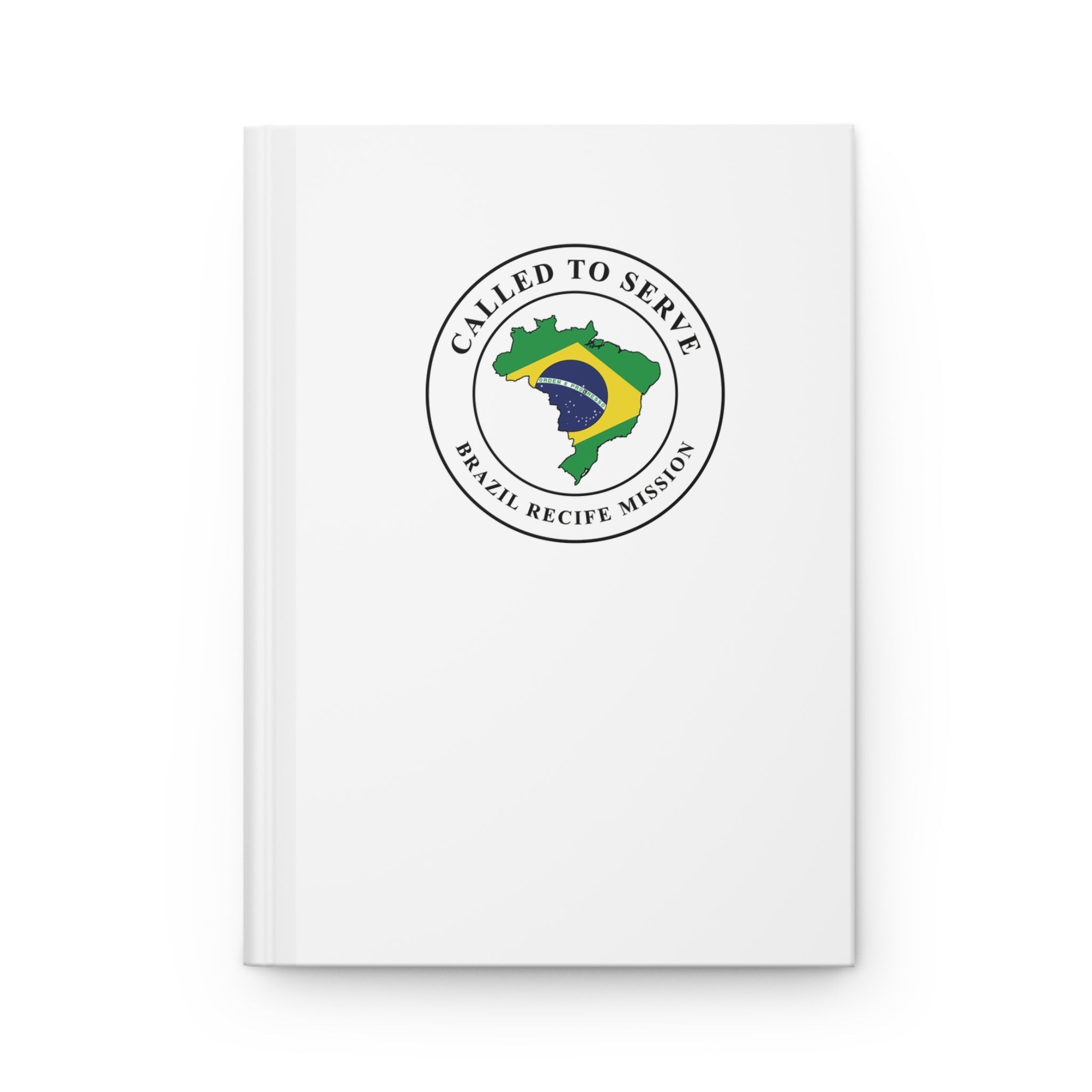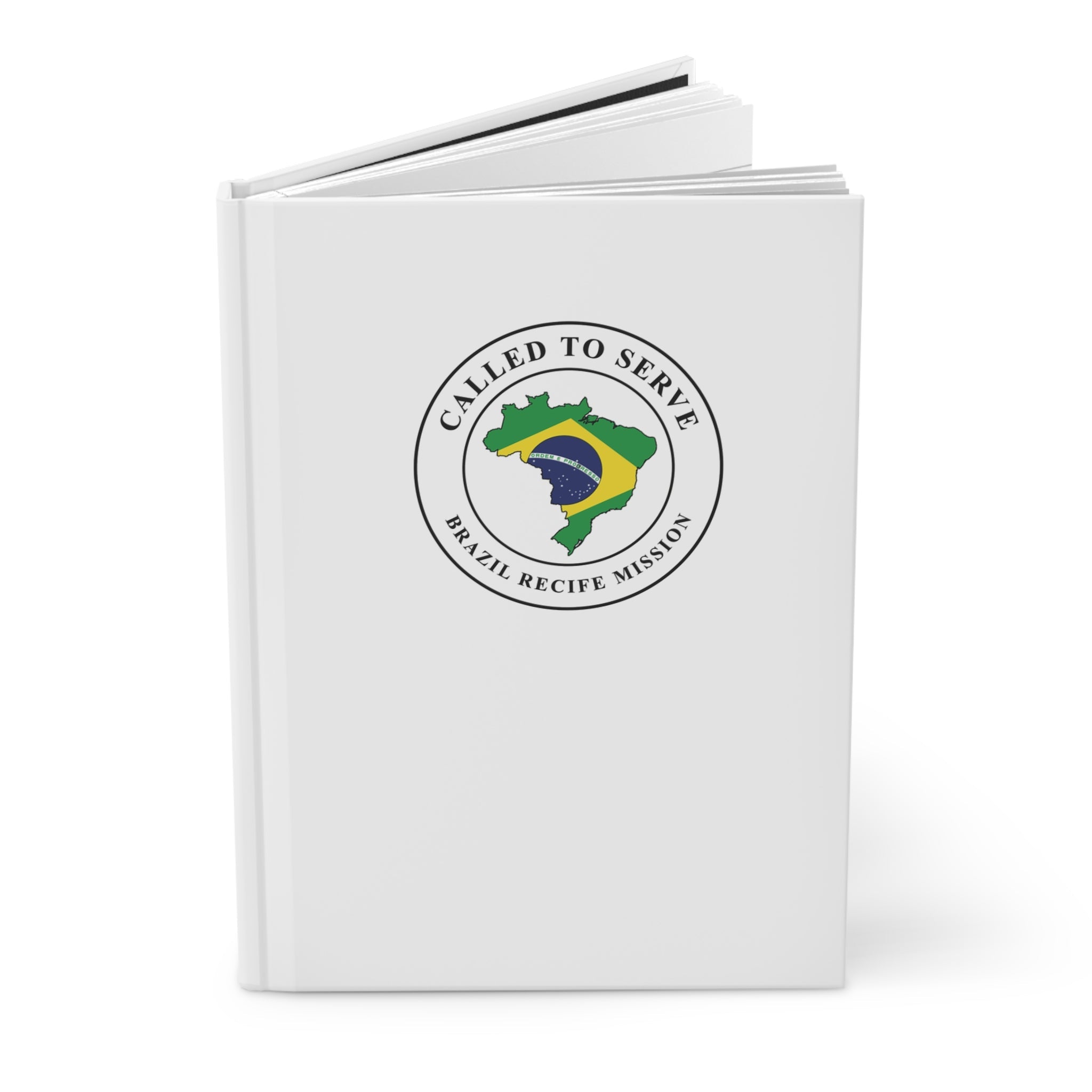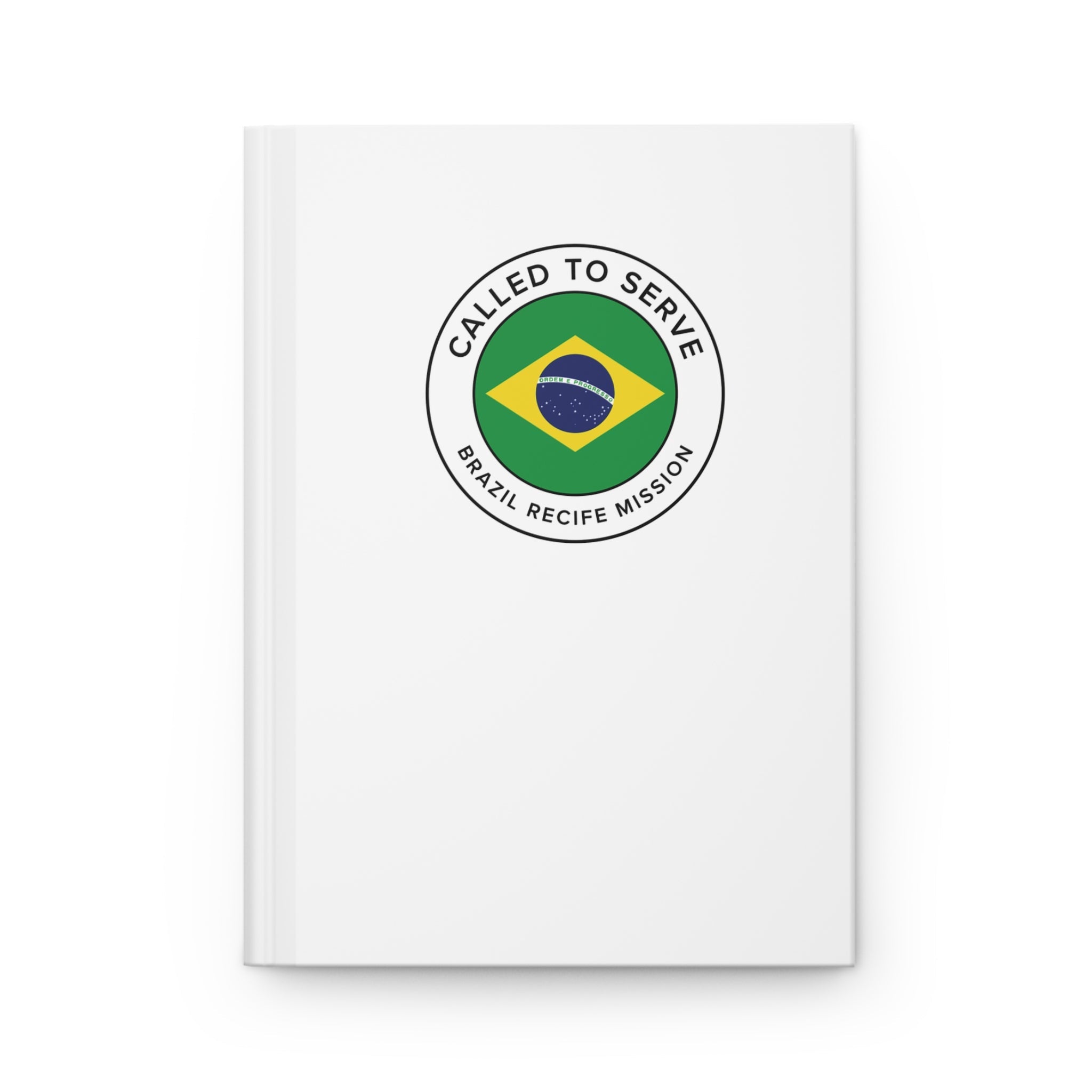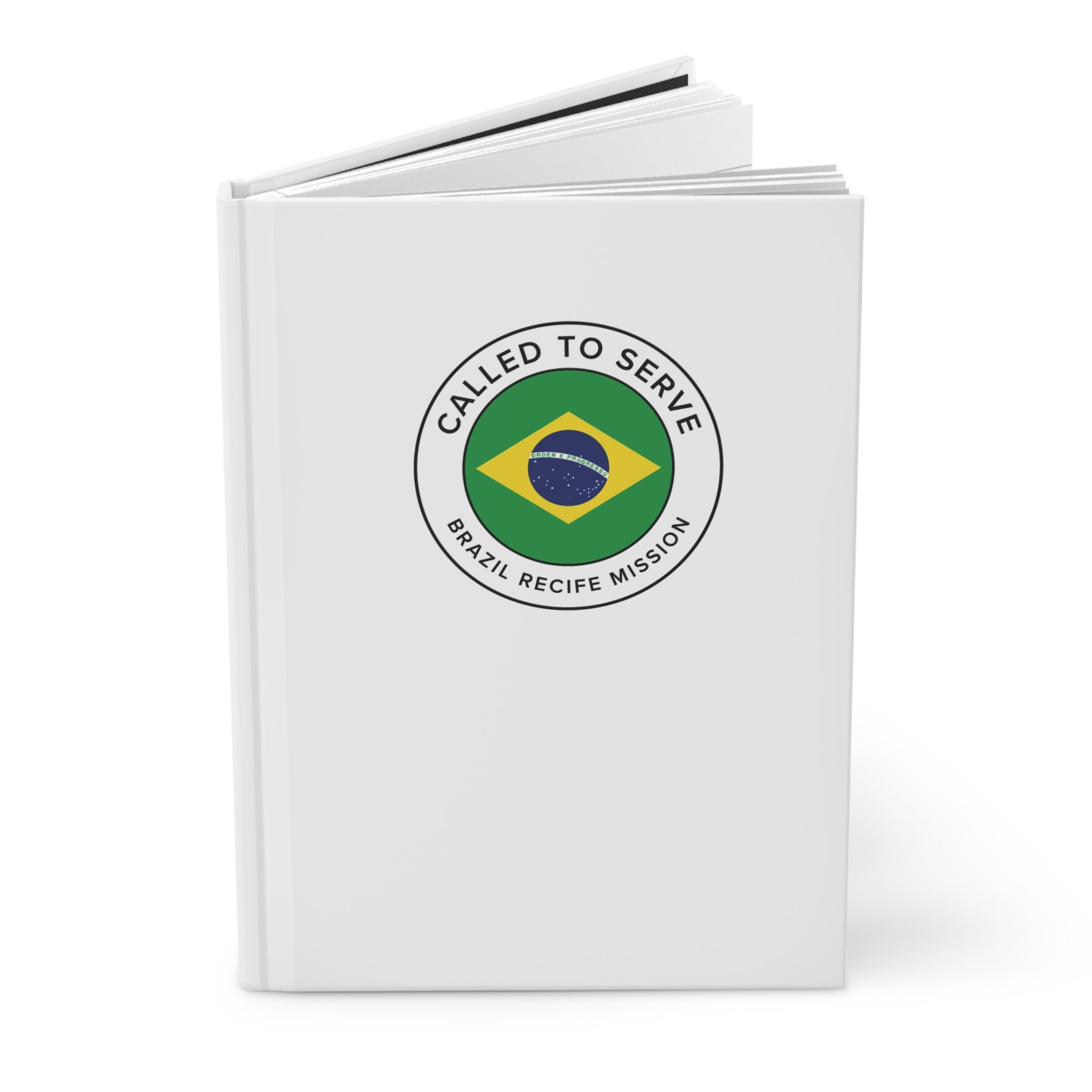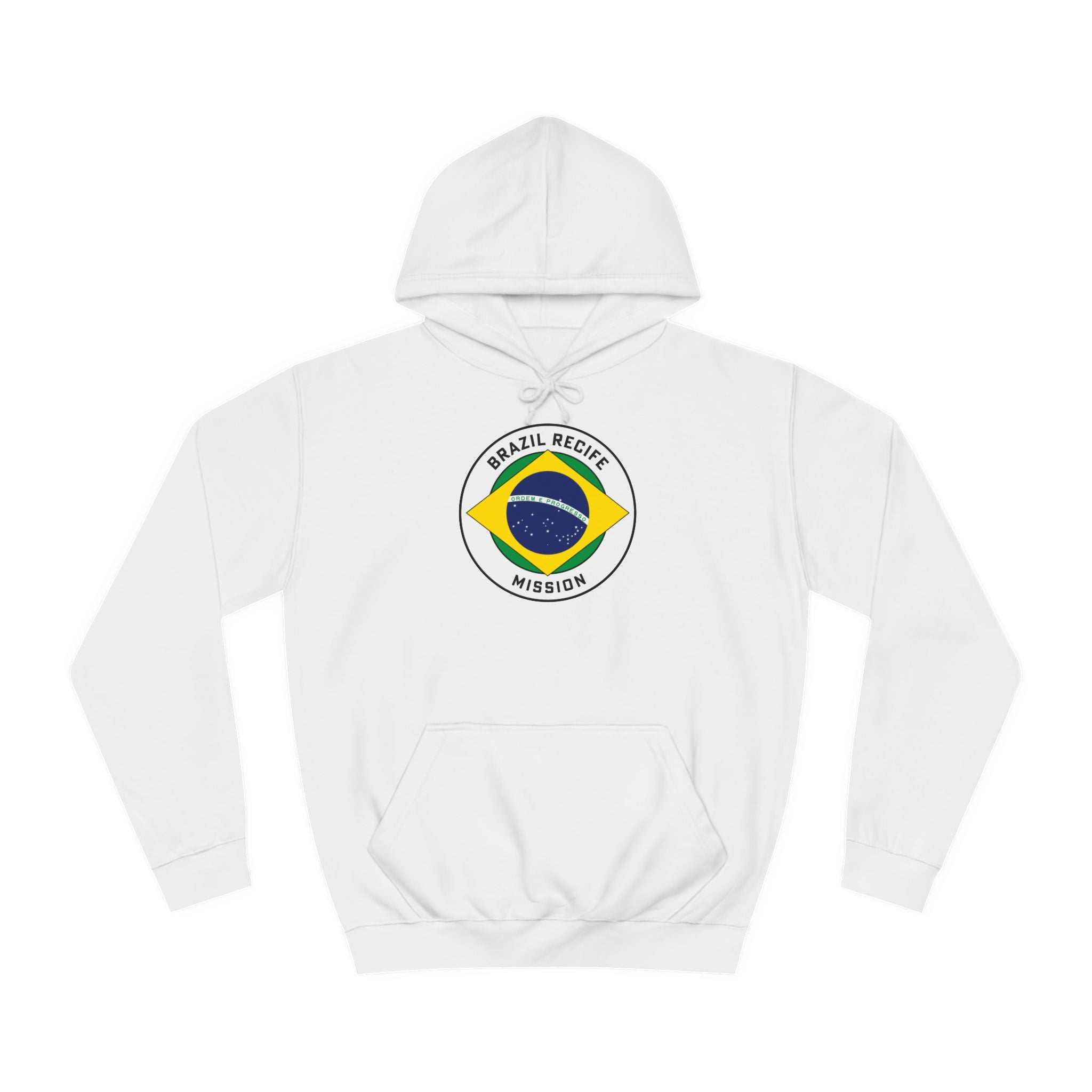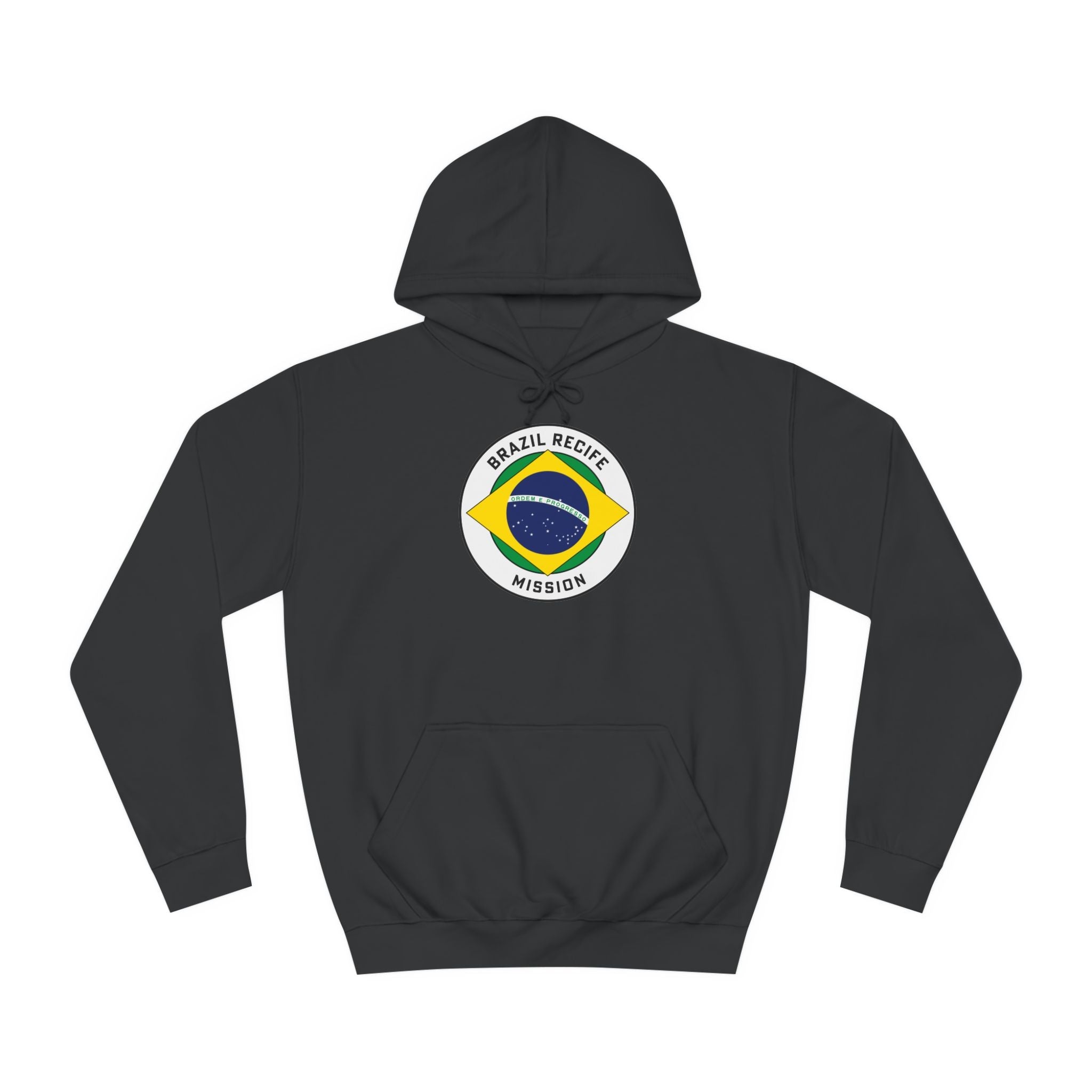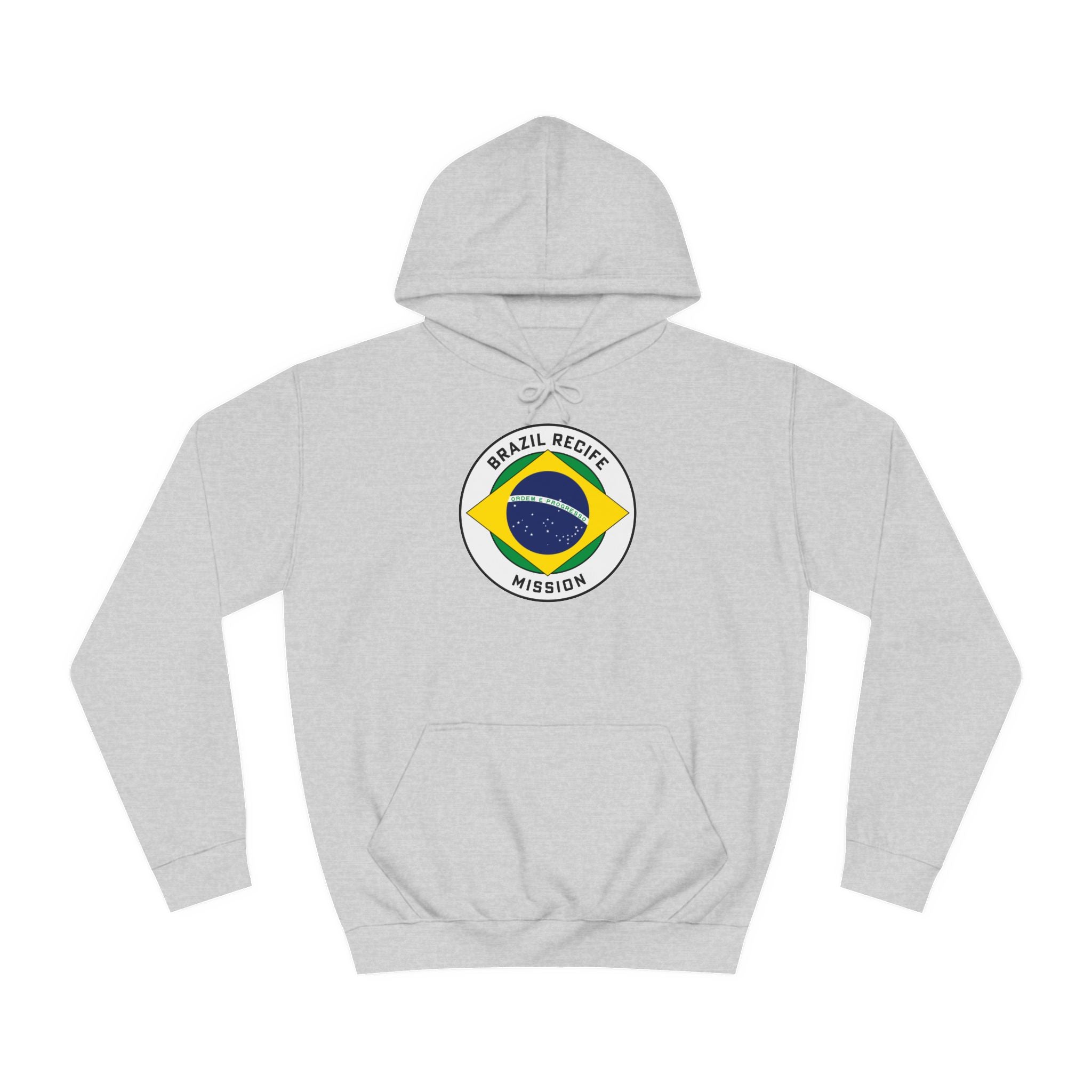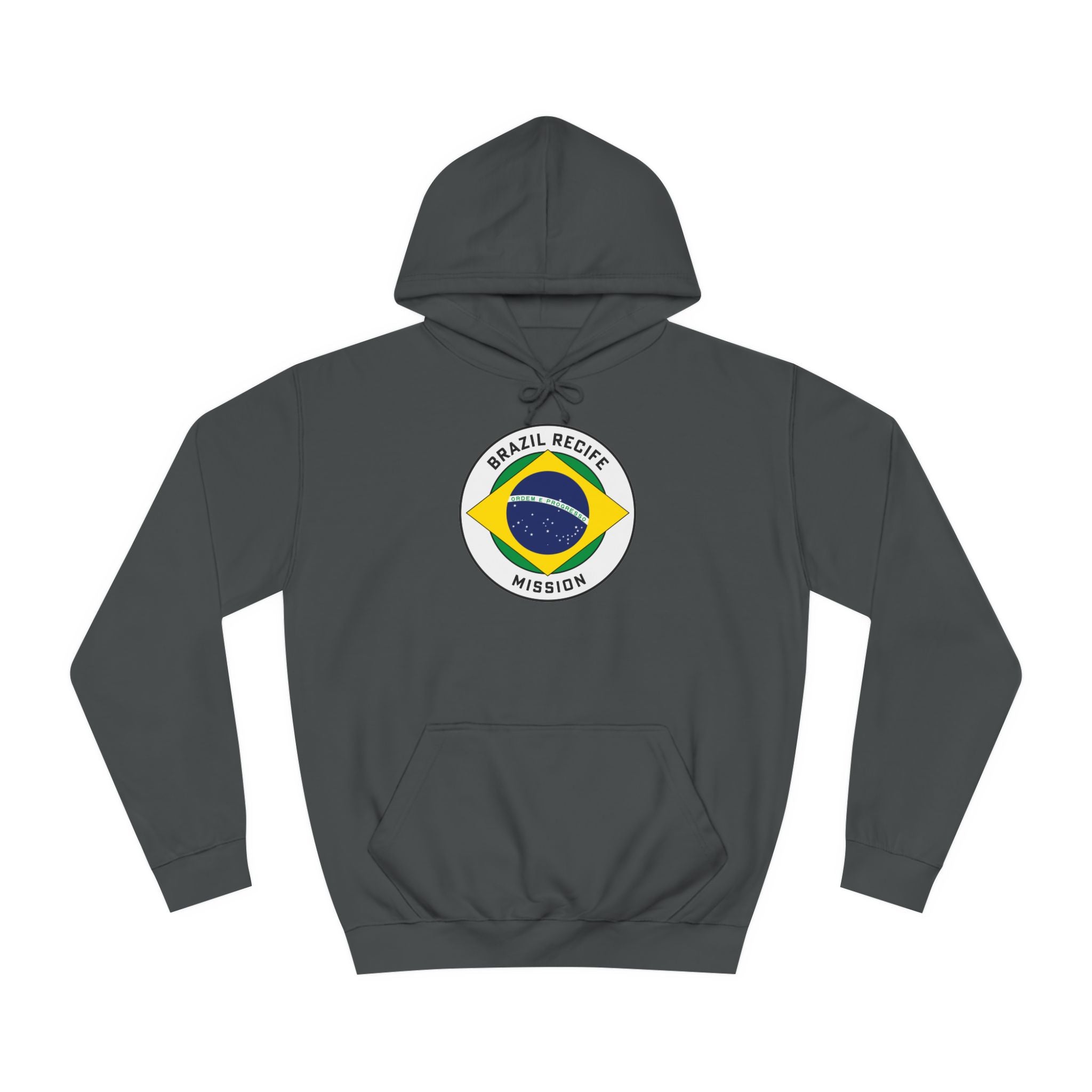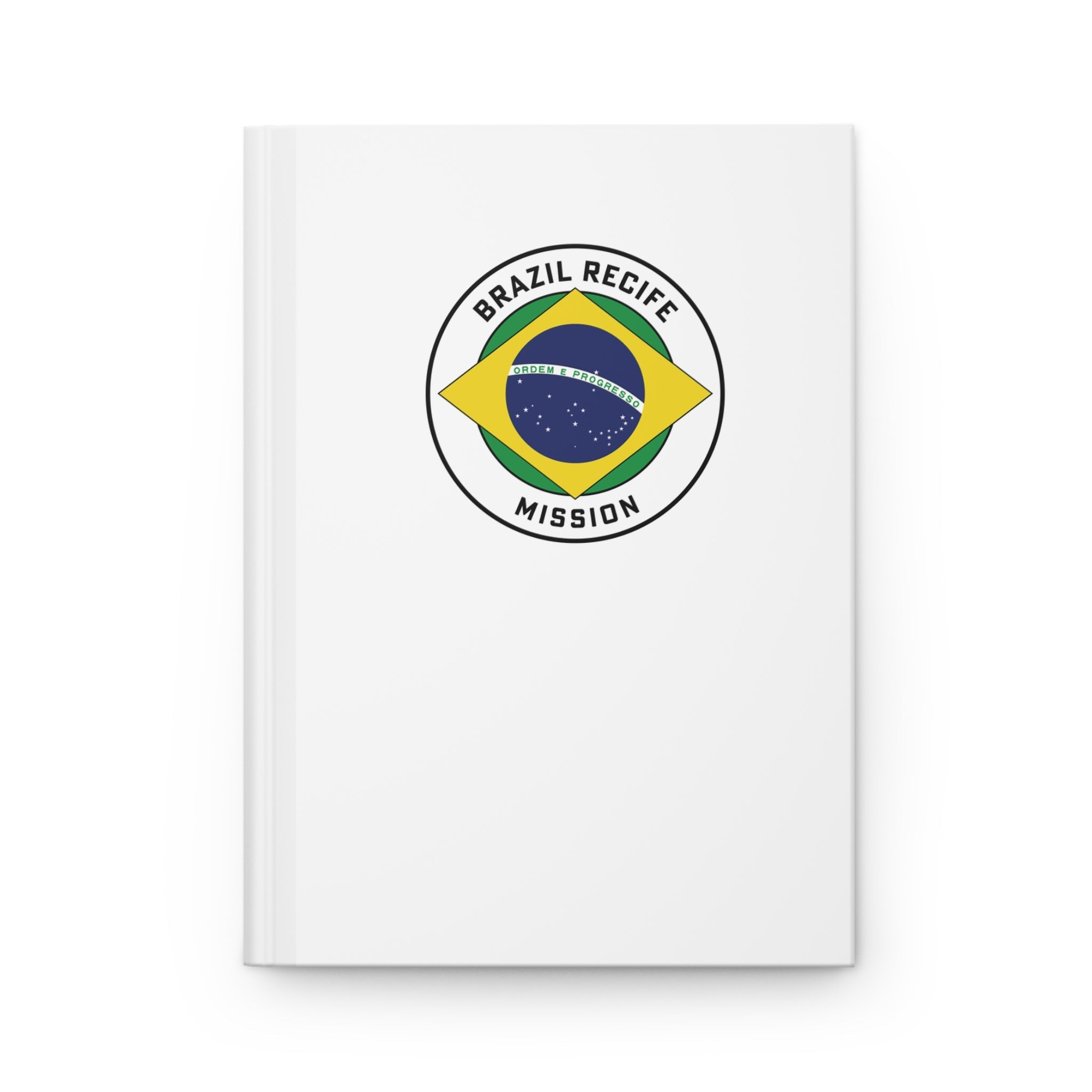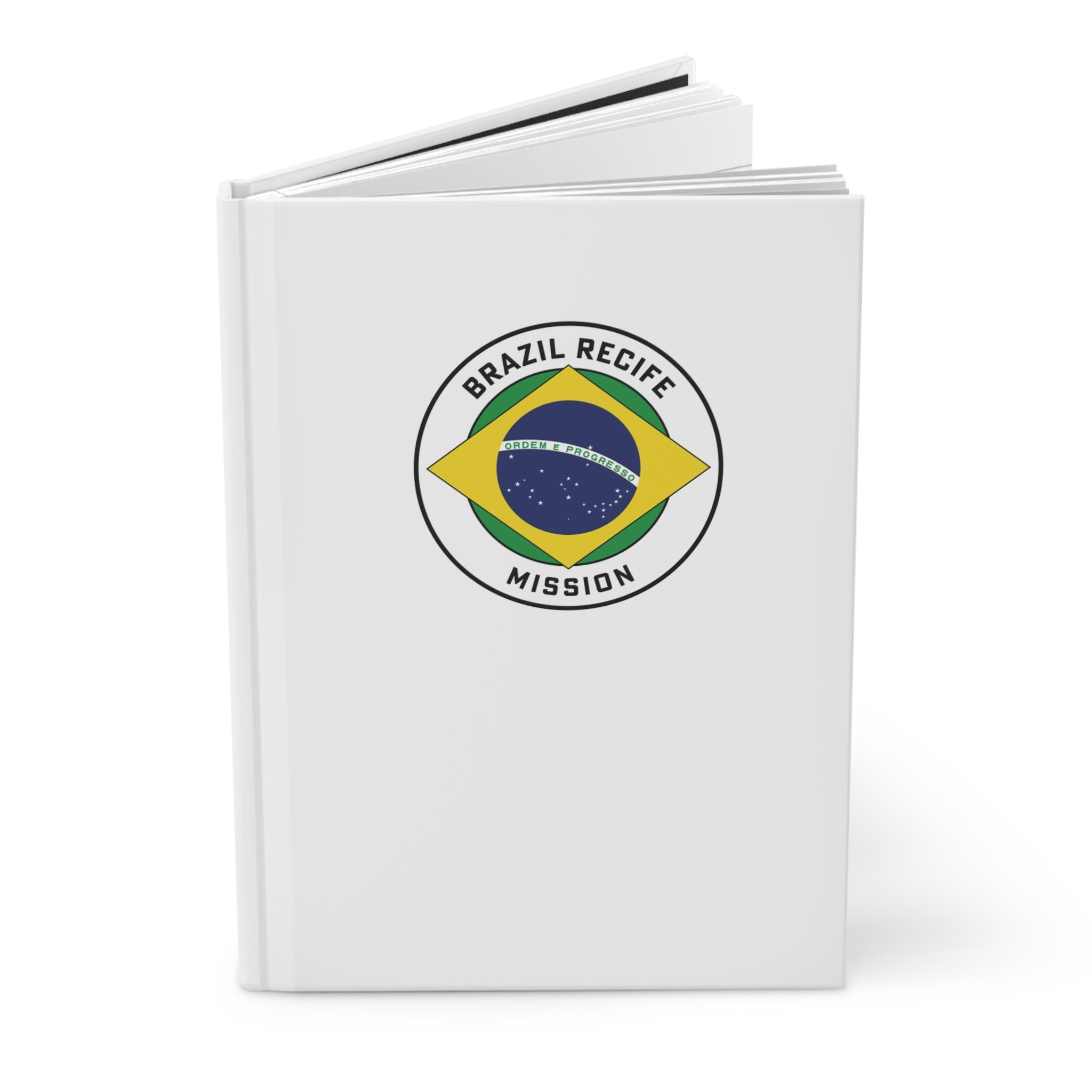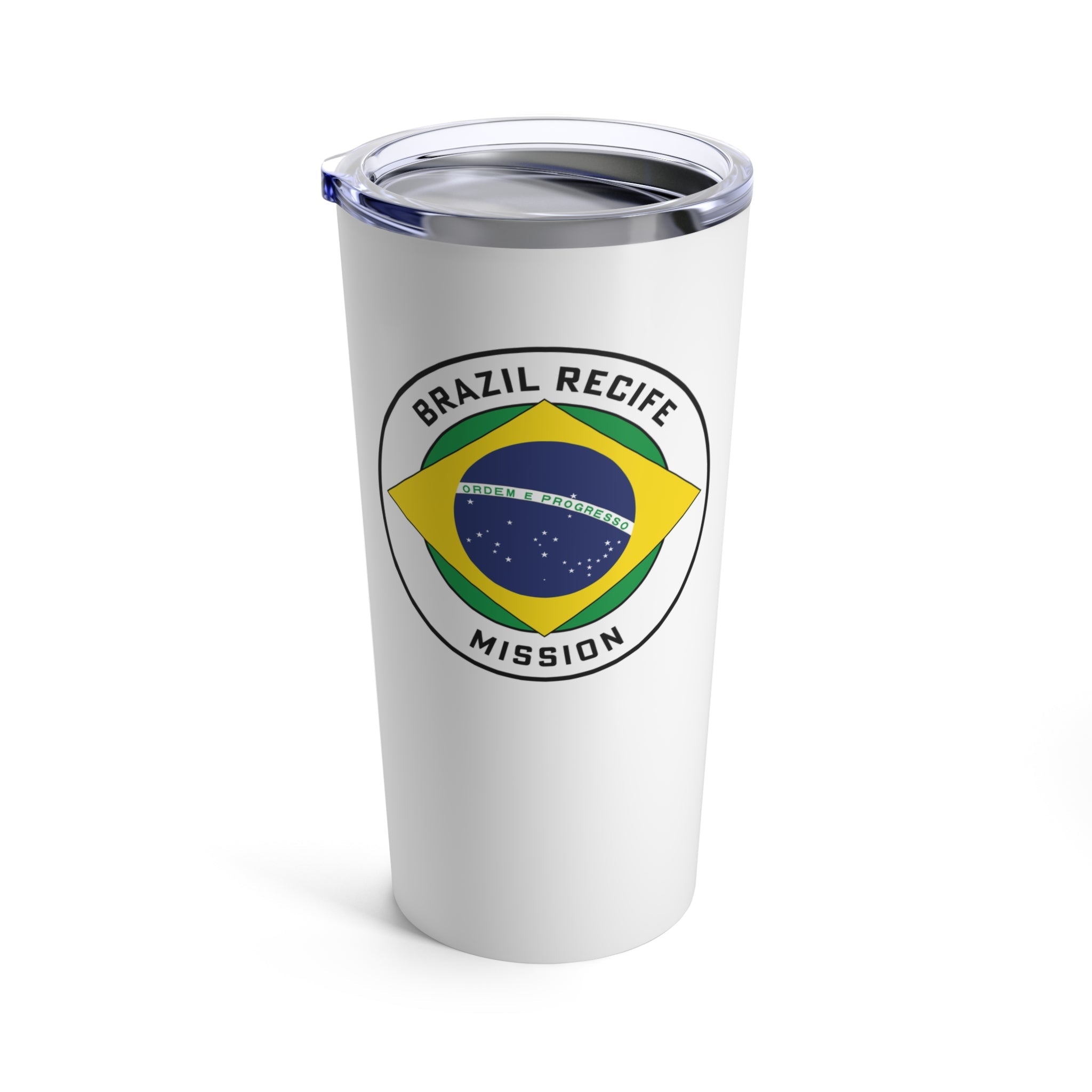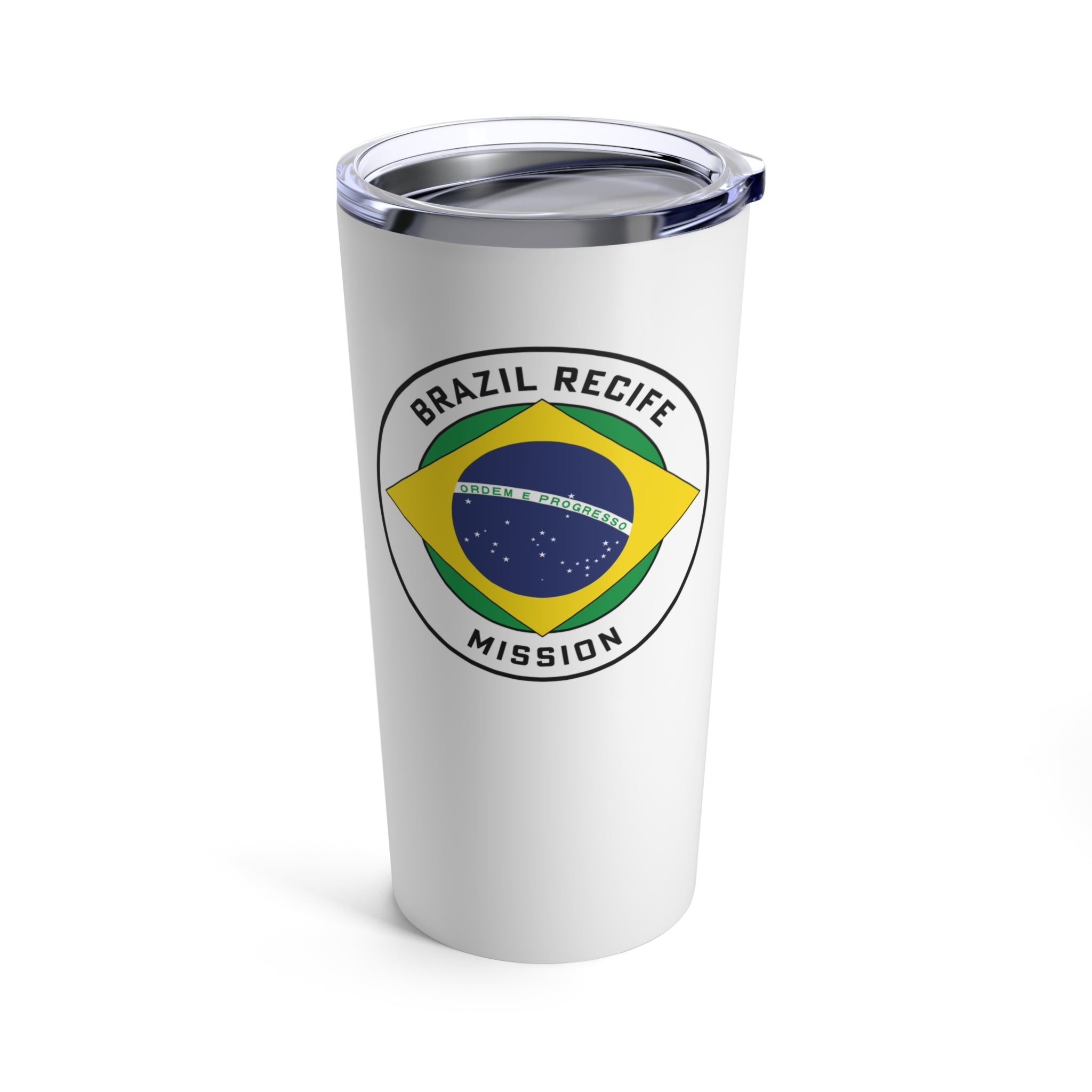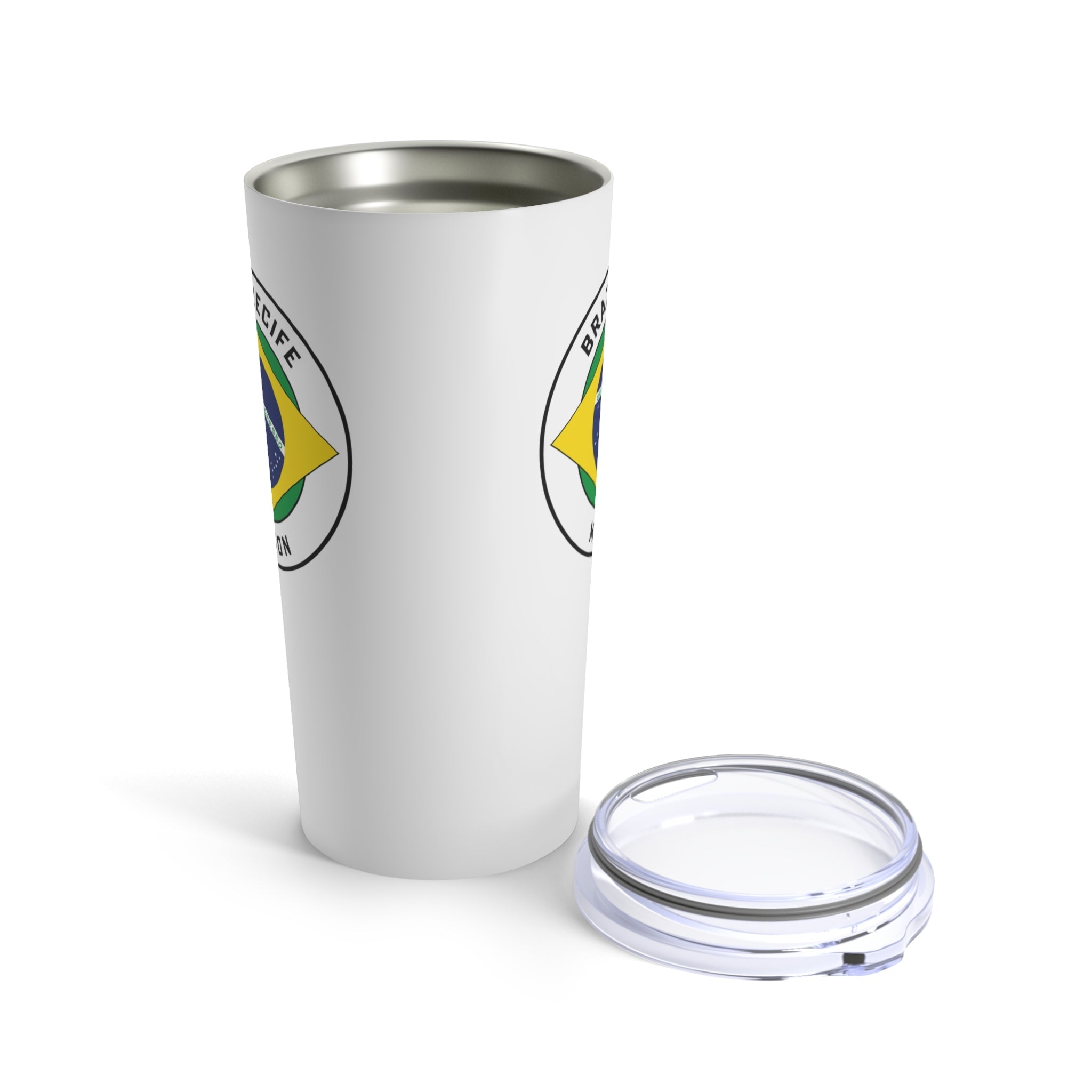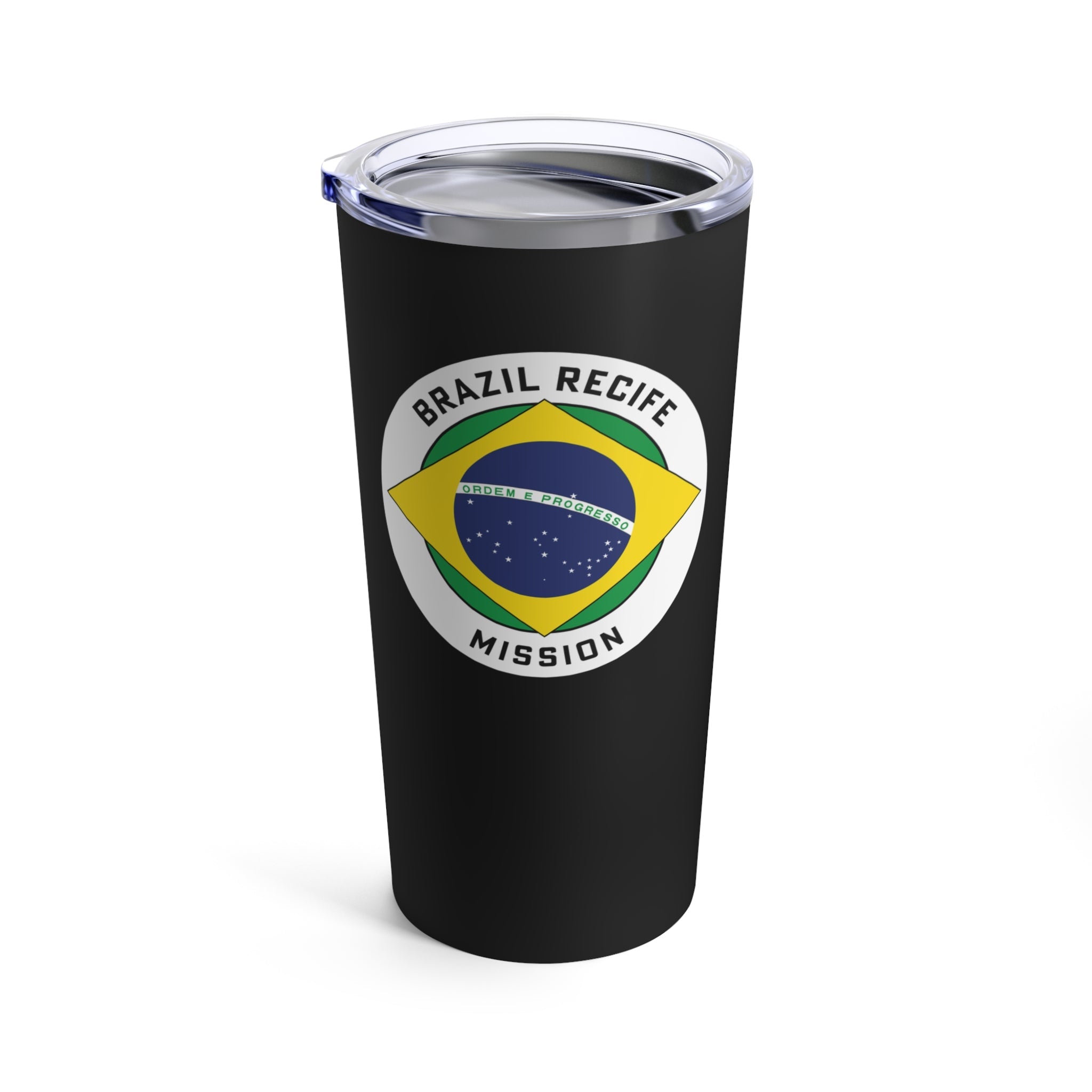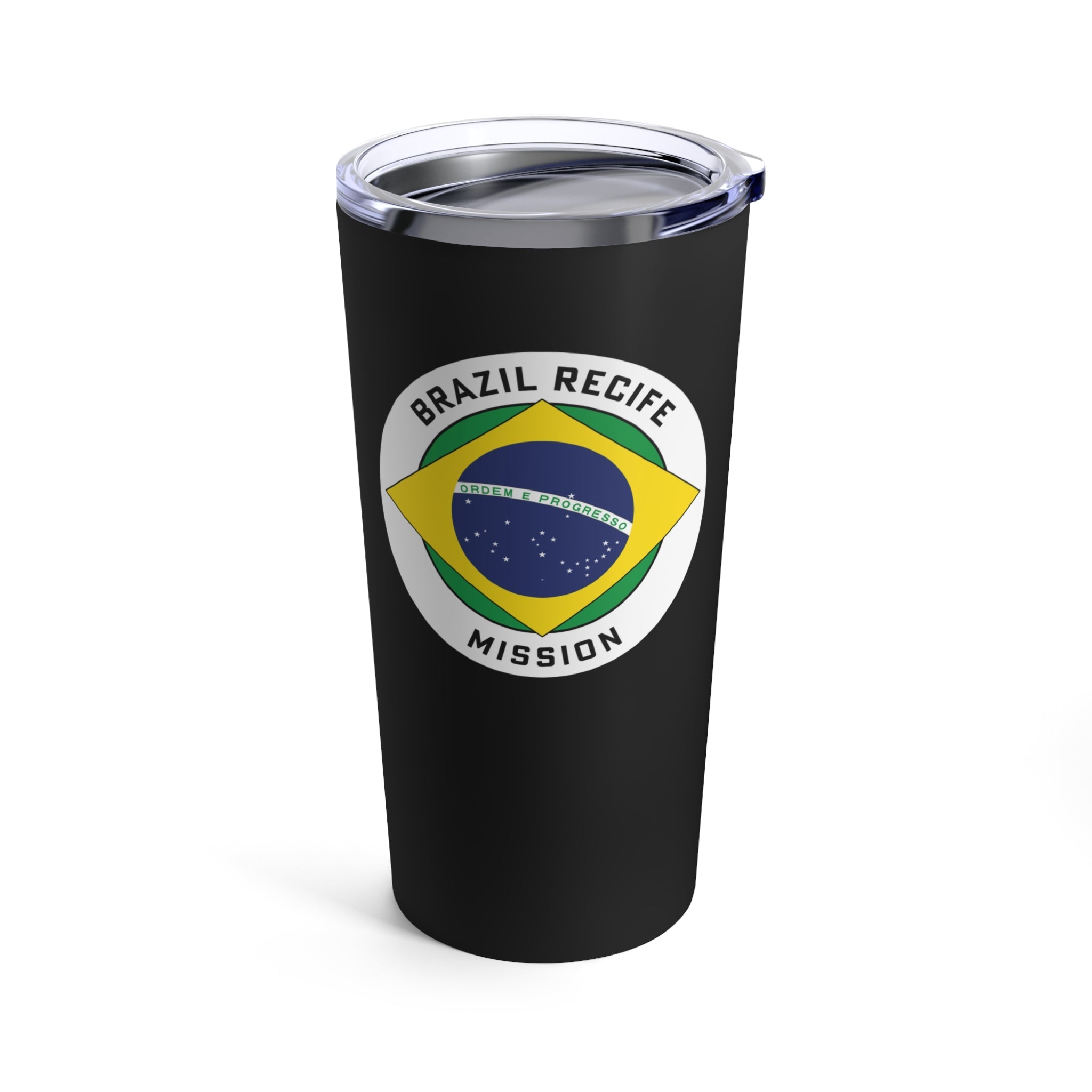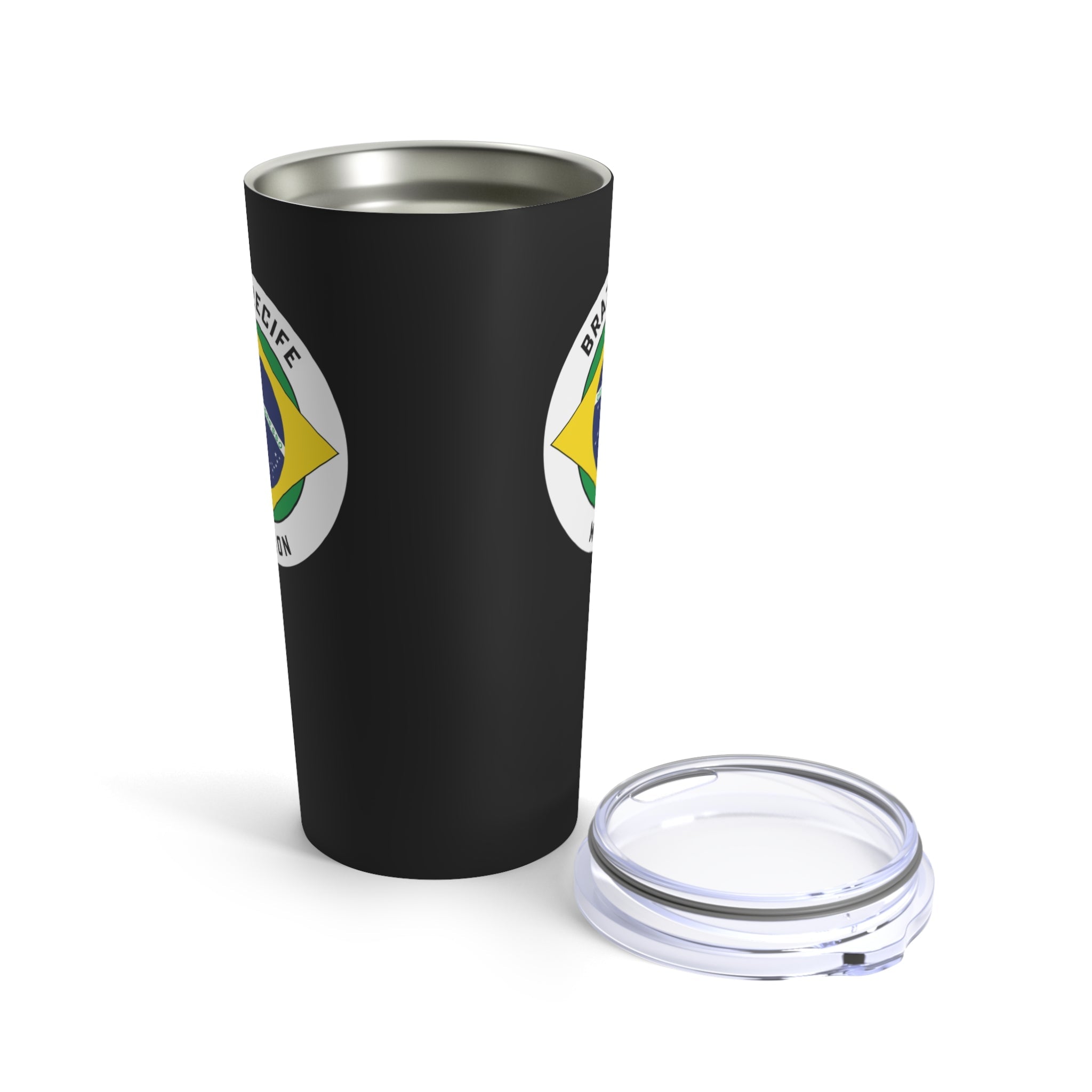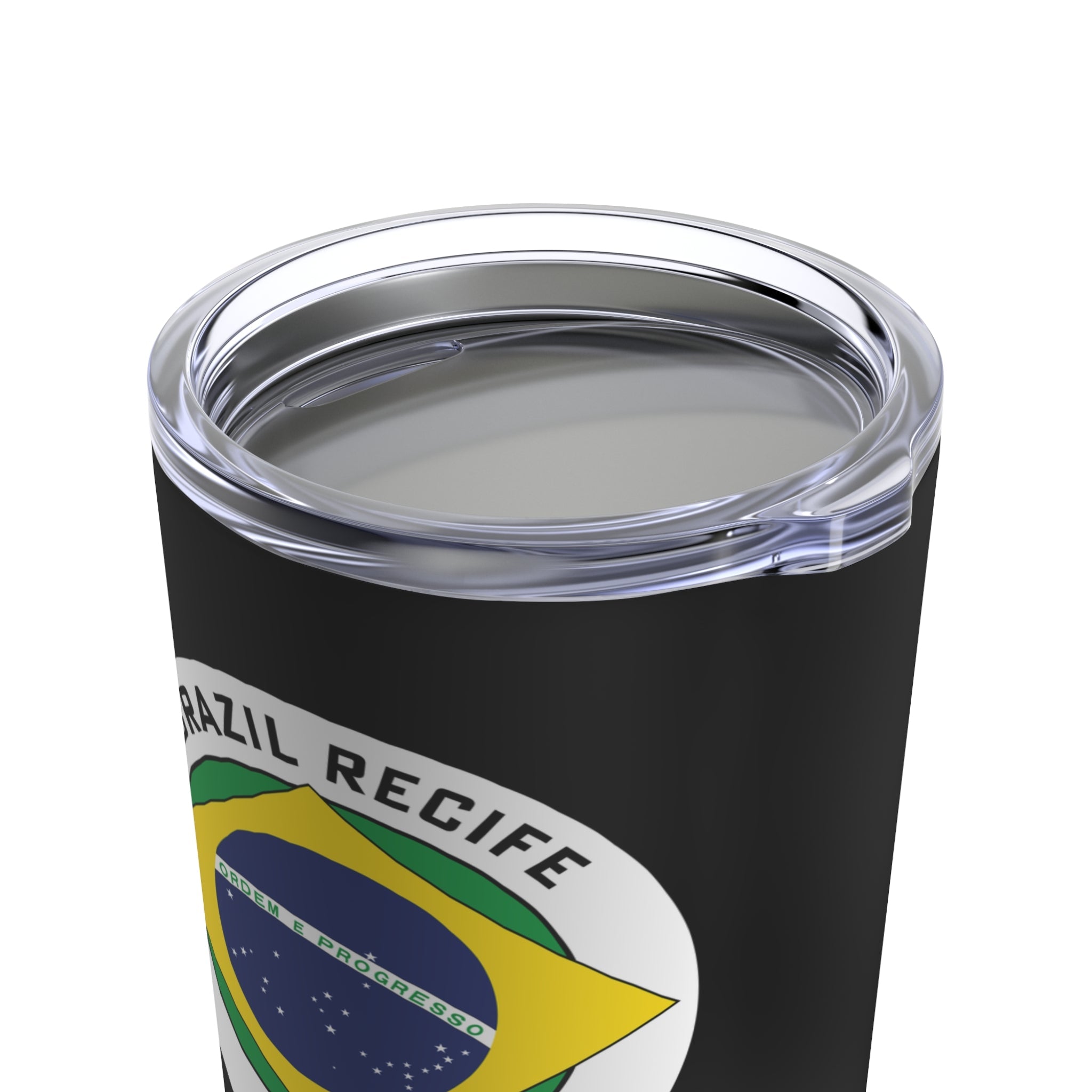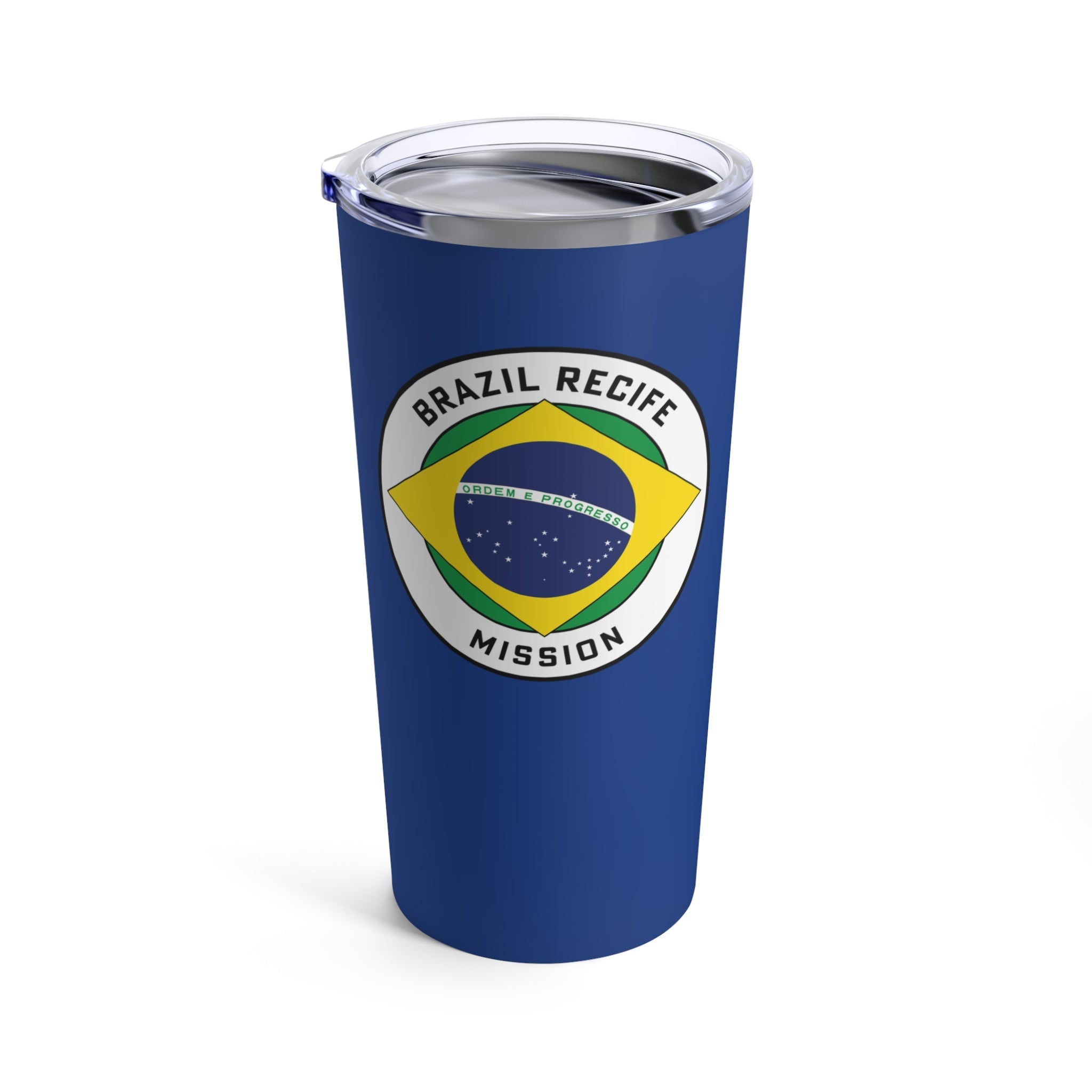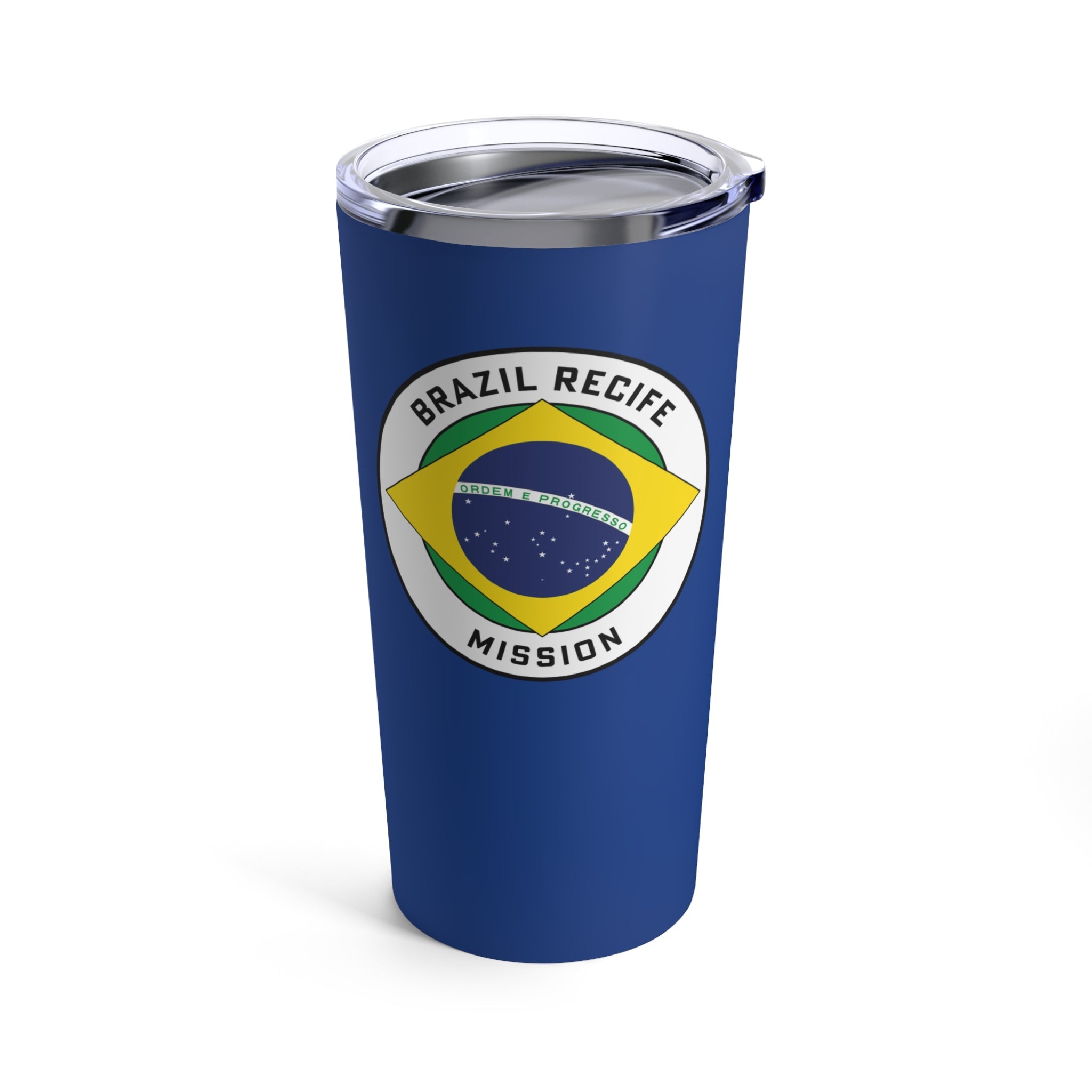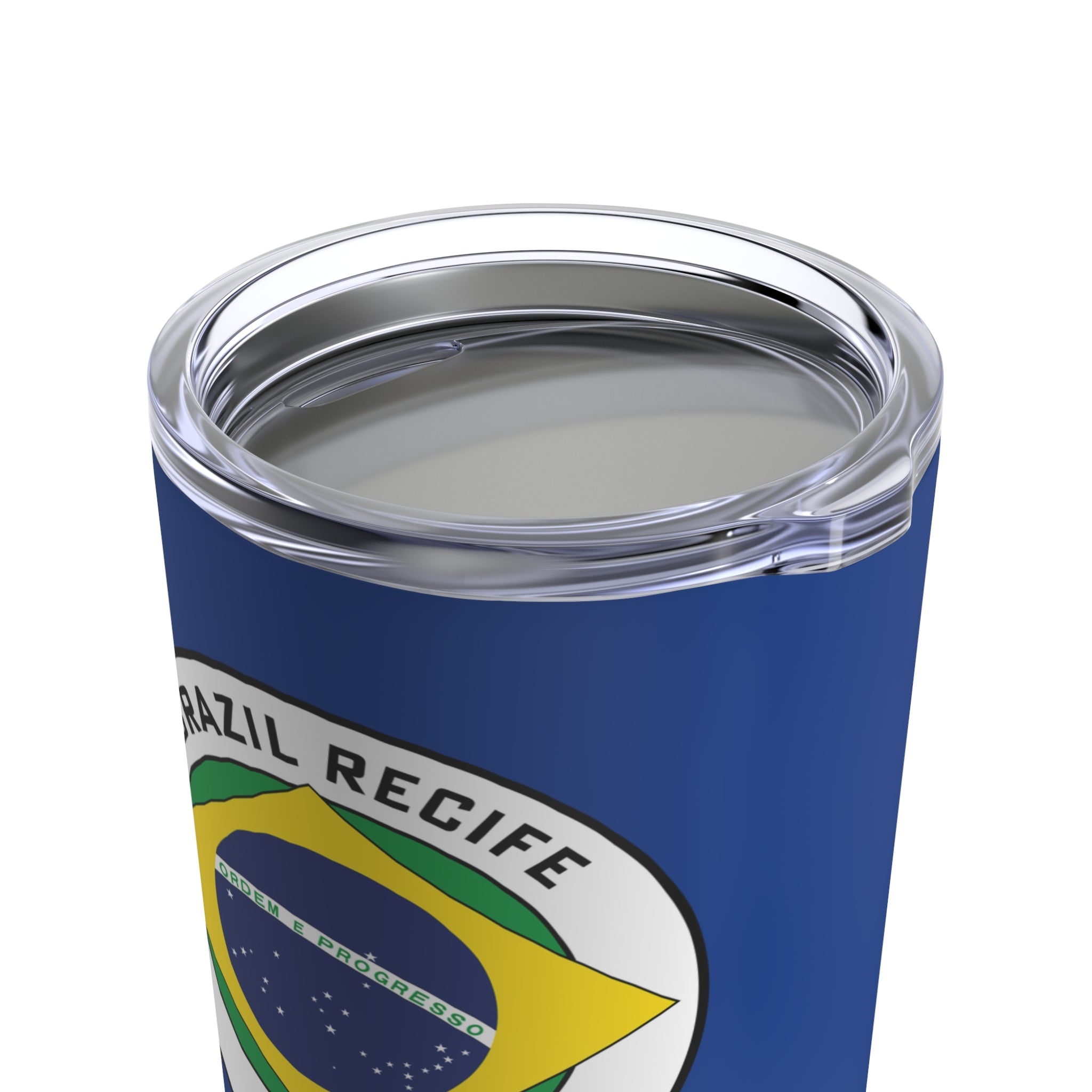Responding to requests from German members of the Church living in Brazil, missionaries began preaching in southern Brazil in 1928. For many years, the Church had some success in the German colonies in Brazil and made little effort to preach among the Portuguese-speaking population. Beginning in the 1930s, a rise in anti-German sentiment led to a government ban on the use of German in public. Church services were soon held in Portuguese, and some German-language materials were destroyed.
The Portuguese translation of the Book of Mormon, first published in 1940, signaled a new era for the Church in Brazil. As missionaries began preaching in Portuguese, the Church in Brazil grew faster than in any other country in South America. Branches, districts, and missions were established throughout the country. In 1966 the first stake in South America was created in São Paulo; 12 years later, the first temple in South America was dedicated in São Paulo.
Since 1978 hundreds of thousands of people have been baptized in Brazil. Wards and stakes are now established throughout the country, and temples are operating or are under construction in many of the major cities of Brazil. The 10th temple, the Brasília Brazil Temple, was announced April 2, 2017. “Brazil,” said President Russell M. Nelson, “is part of the heart of the Church.”

